


Spain Portugal,Prog,Psych,Folk,Jazz,Hard Rock, Flamenco Rock,Andalusian Rock,Albums Covers & Photos,Vol I
Spain,Portugal,Prog,Psych,Folk,Jazz,Flamenco Rock playlist mixcloud
click up next & listen only first 20 playlists,if there are,from blogger page,for more playlists,click the link above and go in the mixcloud page
Flamenco rock or Andalusian rock is a rock music subgenre that emerged from (but is not limited to) the Spanish region of Andalusia throughout the late 1960s[1] and early 1970s. There were some precedents like a couple of albums (Rock encounter and The Soul of Flamenco and the Essence of Rock) by Sabicas, a handful of singles by Smash, Gong, Galaxia, Flamenco or even the American band Carmen. However, Triana was recognized as a pioneer of the genre since their music focuses on a homogeneous fusion of the progressive rock and flamenco. Many bands that mixed progressive and symphonic rock with flamenco followed them such as Imán Califato independiente, Cai, Guadalquivir, Alameda or Mezquita; that's why the term Andalusian rock may be understood simply as flamenco prog.
Medina Azahara turned from progressive to a hard rock outfit in the 1980s and they remain as one of the most popular flamenco rock bands in its home nation. Also other flamenco-influenced styles of rock emerged like the flamenco-folk band Veneno, flamenco-jazz-blues band Pata Negra among other bands that melted flamenco with African, reggae or Latin rhythms....~
A style of Progressive Rock that emerged from the mid 1970s in Spain which utilizes primarily Flamenco and often Symphonic Prog elements. Triana was a pioneer of the genre, although there were several precedents, some '60s songs as "Válgame la Macarena" by Los Cheyenes or "Flamenco" and "A mí con esas" by Los Brincos, but especially with Smash, the first band to incorporate a flamenco singer (Manuel Molina) to a rock band. However, the Andalusian rock focuses more on the fusion of genres, as the melody and instrumental section. Al-Andalus culture became also a big influence in their music, alongside lyrics, themes and artworks.....~
Spain Portugal Prog Psych FolkJazz Hard Rock Flamenco Rock Andalusian Rock Albums,posts blogger
magazine design
sidebar design
flipcard design
mosaic design
timeslide design
Album ready Finish.....
Click
Spain,Portugal,Prog,Psych,Folk,Jazz,Hard,Flamenco Rock,Catalan Rock,Rock Andaluz go to album no II.
Andalusian Rock History
Andalusian rock is a musical and cultural movement, which developed basicly, although not exclusively, in Andalusia between the last years of the 1960s and the first half of the 1980s, framed in a generalized movement of search for the roots, which gave rise to the concept of rock with roots. Although there were antecedents in compositions of Los Cheyenes or Los Brincos, it is considered that the pioneers of the style were Smash, Silvio and Triana the most identifying band of the style, which combines flamenco with contemporary trends of progressive rock. Other exponents of the genre were Veneno, Mezquita, Sabicas, Medina Azahara, Carmen, Cai, Granada, Imán, Guadalquivir, Alameda and Vega, among others.
Concept
Musically, it consists of the incorporation into the structures of rock and pop of concepts, rhythms and melodic and harmonic elements, from Andalusian folklore and flamenco. Indeed, as several authors have pointed out,
"More than basing himself on flamenco, he does it on flamenco: a certain air, some break... A soniquete. Good taste, but few deepenings Music, therefore, linked to the Andalusian feeling of the 70s.
Usually, flamenco bars of African rhythm were used, such as tangos, bulerías or rumba. The voices are markedly Andalusian, preserving the modulations of flamenco, and in a certain way also the long moans or the short laments, but on structure and phrasing whose origin is in rock. Instrumentally, traditional elements such as flamenco guitar, clapping, castanets, etc. are introduced in coexistence with electric guitars, different percussion instruments and basses, among others.
Andalusian rock has developed bordering other subgenres that started from similar concepts (fusion of flamenco and pop or rock), although they should not be confused with it. Among these, were the "Gipsy Rock", the so-called "Sonido cañorroto", the electric rumbas or "flamenco-pop", as well as the fusions of avant-garde flamenco (such as Enrique Morente, with Lagartija Nick)
History
To a large extent, the history of Andalusian rock is linked to Gonzalo García Pelayo, music producer and founder of the Gong label, integrated into the Movieplay label, whose leitmotiv was rock with roots.
"In Salamanca the idea of creating Andalusian rock was born. Julio (Matito) and I pondered him, but Gualberto added that he had nothing to think, but simply to feel, and that he had been feeling for a long time.
Gonzalo Garciapelayo
The name of the label is a tribute to the group Gong, one of the seminal groups of the genre, and used as a promotional slogan the phrase: Good or regular, it is our music and we do not want it to have anything to do with theirs. Almost all the bands of the genre, in the 70s, released with this label. The recordings were made in Madrid or Barcelona, given the precariousness of the regional industry and, contrary to what it may seem, had very little support from the media, which generated dispersion and discouragement among the musicians:
"Triana's first album came out on April 14, 1975 and was not a success until a year and a half later... And that's without the radio putting it on. It was the typical pub hit, word of mouth [...] No one had helped get the train going, it had been more of a popular phenomenon."
Gonzalo Garciapelayo
Later, the phenomenon spreads, becomes popular and begins to be collected in the media, joining the genre non-Andalusian bands.
The origins
The first approaches to rock in Spain in the late fifties were closely linked to flamenco. Although soon rock in Spain followed the Anglo-Saxon patterns with few or anecdotal ties with this Spanish folk music.
The first attempts to regularize and settle flamenco pulsations to rock come from the Sevillian progressive rock bands, in the second half of the sixties: Gong, which included Silvio Fernández and Luis Cobo "El Manglis"; Nuevos Tiempos, with Jesús de la Rosa and Rafael Marinelli; and, above all, Smash, the band of Gualberto García and Julio Matito. However, there are previous examples that already incorporated in a purely anecdotal way flamenco winks to pop-rock songs, such as the song Flamenco by Los Brincos, recorded in 1964. There are also examples of an approach to Andalusian music in Anglo-Saxon rock, such as in the songs Spanish Caravan (The Doors, 1968) and A Spanish Piece (Pink Floyd, 1969).
Before, in 1966 and in the United States, the Spanish guitarist Sabicas had already recorded an album with the American guitarist Joe Beck, published under the name of Rock Encounter in 1970, in which an unusual mixture of flamenco and rock is produced and where the conscious search for something new is already observed. The following year he released another similar album called The Soul of Flamenco and the Essence of Rock. It was that first album, according to Ricardo Pachón himself, the one that encouraged him to incorporate Manuel Molina to the group Smash and record five fusion songs, among which were El garrotín, Tangos de Ketama and Blues de la Alameda (1970), which are unanimously considered the beginning of the genre. In total, Smash would record two albums, Glorieta de los lotos (Polygram ibérica, 1970) and We come to smash this time (Polygram ibérica, 1971), full of brave entries into the still unexplored terrains of the fusion of rock and flamenco, leaving the land fertilized. Smash set the mark with a strange-case-of-song (sic): "El garrotín" certified the death of the group and the birth of a style. Take off for tangos and wah-wah opening flamenco-rock and daring to compete for the song of the summer of 1971.
Apart from the basic groups mentioned, at the turn of the decade some albums were produced that are part of the Andalusian proto-rock: Opus Pi (1969), an LP of a demominated group Taranto's, composed of members of Los Pekenikes and Los Pasos; Tarantos (1971), by a band from Madrid called All & Nothing; Manuel Molina's first solo single, La Mora/La primavera (EMI, 1971); etc.
1972-1975
With the disappearance of the seminal bands of Andalusian rock the panorama is momentarily depopulated. The musicians of these formations are recomposed and groups appear that hardly have continuity: Julio Matito and La Cooperativa; Fly; Total (with Silvio and Antoñito "Smash"); Chicle, Caramelos y Pipas (in which Manuel Rodríguez and Marcos Mantero were), etc. None of them, however, clearly follows the open line of Andalusian Rock, except Tartessos, a band from Huelva led by guitarist and singer Pepe Roca, who released several singles between 1973 and 1975, the year in which Phillips published his only LP, "Tiempo muerto", already with Manuel Marinelli on keyboards.
In 1972, the group Flamenco appears, led by the Garrido Granados brothers, who follow the tradition of Gong and Smash, putting rock backgrounds to flamenco singing, although they add influences of Santana and glam rock. His first single, "Anda jaleo!/Cork con corcho, caña con caña" (Ariola, 1972) is cañero and Lorca. The second, of the same year, is signed by Paco de Lucía. In 1973 they published their first and only album, Flamenco, also in Ariola, which brings together the four singles already released and three new songs. They disappeared in 1976 after releasing two other singles, of much worse invoice. From an initially more pop perspective, the Almeria group Los Puntos edited, in 1972, their famous "Llorando por Granada", which is an advanced prelude to their last LP, "Oriental" (Polydor, 1977), symphonic and "moruno".
A year later, in 1973, Fandangos in the space, by the Carmen group, was published in London, a project promoted by a Mexican-Californian, David Clark Allen, in which John Glascock, future bassist of Jethro Tull, also participated. An energetic Now! opens a dizzying album where progressive virtuosity and Andalusian classics such as "Anda jaleo!" merge that deserve their place in the pre-history of Andalusian Rock (prior to "El Patio").
Near the middle of the decade, the Andalusian Rock scene begins to animate. The group Estoques, a studio group, published in 1974 an interesting instrumental single, "Mezquita de Mohamed/Regreso a la ciudad", which opens the way for jazz rock for the genre and that, in some way, supposes the direct antecedent of bands like Guadalquivir or Vega. But, above all, the first single of Triana is published ("Recuerdos de una noche/Luminosa mañana"), the paradigmatic group of the genre, which opens the line of "symphonic Andalusian rock". Garciapelayo, said in an interview in Musical Express, that Triana did what King Crimson would do if they were from Seville.
In 1975, Triana's first LP appeared, El patio and, with it, the definitive culmination of the genre. His first cut literally opens the door to something new, to a new form of music in which Anglo-Saxon musical currents naturally merge with the essences of Andalusian music. Other bands that appear or reappear that same year 1975 contribute to promote it: Gualberto with his album "A la vida - al dolor", which begins with a song with sitar and Enrique Morente; Goma, the band of guitarist Manuel Rodríguez, saxophonist Pepe Sánchez (ex-Gong) and Antoñito "Smash", who invoice a progressive album, "14 de abril", this one really influenced by King Crimson; or Granada, the group of the Madrid flutist Carlos Cárcamo, with his LP "Hablo de una tierra", in which Manolo Sanlúcar collaborated (although in his following albums he abandoned all reference to Andalusian rock).
1976-1979
The following years are the most fruitful for Andalusian rock, "with few devotees in the critics and many followers, both in the peripheral neighborhoods of the cities, and in the Andalusian villages", in the words of the critic Luis Clemente. It is in these years, in addition, when Andalusian Rock is dressed in the iconography that will be its image mark: Arabic accents, references to al-Andalus, mystical texts ... The band that most soon collects all these elements is Imán, created in 1976 by Manuel Rodríguez and keyboardist Marcos Mantero, and which initially also included Luis Delgado. Their first LP, "Califato Independiente", is released by CBS in 1978 and shows a strong load of symphonic rock. Along the same lines, Azahar opted, whose first album, "Elixir", is from 1977 (they would release a second album in 1979), and Mezquita, whose self-titled debut album, edited by Zafiro, is for some authors the best of Andalusian symphonic rock. Also in that same year, the Cadiz group born in Puerto Real: Mantra, driven by drummer Tato Macias (along with bassist José Antonio Ramírez Arana, guitarists Juan Ahumada Capputto and Tito Alcedo and, on keyboards, José Manuel Portela), would make their only recording, which remained unpublished and became an object of worship. In 2012 Tato himself and the production company Arabiand Rock released this recording. Within the same symphonic line other groups of some regional renown did not register their music, as is the case of the Granada La Banda de los Hermanos Cruz, or the Jaennenses Trauma. The also Grenadians Dofus ("Suite Azul de Rock", Musimar, 1979), led by the Gualda brothers, came to edit an album.
In 1977, the only album of the band Veneno was also released, a group that brought together Kiko Veneno and the brothers Rafael and Raimundo Amador, which was called Veneno (CBS, 1977). The group would not last long, it dissolved a year later, but it did open the way for the vein of the most gypsy Andalusian rock. In this line Diego de Morón would also publish his self-titled album (Moviplay, Gong series, 1977) and produced by Garciapelayo, flamenco album where the cut Despertar was included, which shows a tremendous fusion with progressive rock.
Another of the emblematic groups of the genre, the Cadiz Cai, led by the keyboardist Chano Domínguez, began their discography ("Más allá de nuestros mentes diminutas", Trova, 1978) as an Andalusian symphonic rock band, although already in that album there were songs that drifted towards jazz-rock, such as "Alegrías de Cai". Heavily influenced by Emerson, Lake & Palmer and the "Canterbury Sound", the group was increasingly developing its jazz aspects in their subsequent albums.
But in this line related to jazz-rock, the Andalusian rock group par excellence is Guadalquivir, a band founded in 1977 by the Sevillian guitarists Luis Cobo "El Manglis" and Andrés Olaegui, who were already together in a previous group called Manantial. His influence extended to various Andalusian groups, which did not make recordings, such as the Sevillian Aljarafe or the Granada La Banda del Tio Paco (in which the Cadiz guitarist Nono García was). Also to the group of the Extremaduran guitarist Tomás Vega, called after him Vega, especially in his second LP, "Jara", published in 1979.
Artists who had developed their career outside of Andalusian rock, approached the genre at this time: Pedro Ruy-Blas in "Luna Llena" (Polydor, 1975); Miguel Ríos with "Al-Ándalus" (Polydor, 1977); Iceberg in "Sentiments" (CFE, 1977); Toti Soler on his LP "Lonely Fire" (RCA, 1979), with Pata Negra Rafael and Raimundo Amador (one of the icons of Andalusian blues); etc.
1979-1985
At the end of the 70s, Andalusian rock is fully established and some of its groups have a clear projection, even in sales. However, the two best-selling groups, along with Triana, released their debut albums in 1979: Alameda, a band led by the Marinelli brothers (keyboards), Pepe Roca (guitar and vocals), and Manolo Rosa (bass), with their self-titled LP, which would be followed by "Misterioso manantial" (1980) and "Aire cálida de abril" (1981). Andalusian symphonic rock, very close to Triana's approaches, and with great sales. The second of these groups would be Medina Azahara, from Córdoba, which brings a heavy air to the Andalusian symphony with few previous references (Storm is usually cited, among them). His self-titled debut album, also from 1979, managed to double in sales to Alameda's, which until then held the record within the genre. His next albums, "La esquina del viento" (1980) and "Andalucía" (1982), were also important successes.
The same year 1979 sees the appearance of the possibly best known album of Andalusian rock, "La leyenda del tiempo" (Phillips), of an electrified Camarón de la Isla with the backing of the groups Veneno, Alameda and Dolores, as well as Gualberto and Tomatito. His influence did not go hand in hand with his sales because when Camarón died barely 6,000 copies had been sold, which does not prevent it from appearing in all the relationships of the most influential Spanish albums.
In this period, new groups appear that do not get so much projection, such as the Malaga Tabletom whose first album, "Mezclalina" (RCA, 1980) provides a modernized vision of the genre. Jarapa, also from Malaga, released a single in 1983. For his part, Fragua released an album in Hispavox in the wake of Triana, at the end of 1979, and Formas, another called "Largos sueños", in 1981. In 1980 the only album of a band called Cal was released, led by keyboardist Alberto Toribio (ex-Goma), very much in the line of Alameda. That same year, Cuarto Menguante, a band promoted by singer Paco Urizal and guitarist Valentín Ponce, debuted with "Rompehielos", an LP with Andalusian rock airs, which they lost in their following albums. Finally, Barbacoa, an octet from Huelva with metals in the line of Blood, Sweat & Tears, brought a different approach to Andalusian rock in their album "El caballo del viento" (Pasarela, 1984).
Decadence
From 1985, Andalusian rock begins to decline notoriously. Some of the most outstanding bands still release albums, although in an increasingly marginal way. The works of the groups of Chano Domínguez (Hixcadix, 1987), and the guitarist Tito Alcedo (1989) stand out, both already very fond of jazz; but above all the album of the new band of "El Manglis" and Raimundo Amador, "Arrajatabla", published in 1992, stood out. Among the later outbreaks, is the Cordovan band Montoro, which released in 1991 an album of evident Andalusian rock entitled "Esencia" (Divucsa). Later, sporadic samples, such as the album of the Granada heavy group Totem, with the same title, edited by the Big Bang label in 1993, which included songs of the genre such as Flamencosa.
Of the classic groups, Medina Azahara is the one that has best managed to maintain its presence in the market until today, with 17 albums published, and also Tabletom has continued to edit already in the XXI century (5 albums in total), although they are the only survivors. Except for the case of Zaguán, a band led by keyboardist and singer Miguel Ángel Gómez, who published their self-titled debut album in 2002, in a line very close to Triana, there are no new bands that claim the genre. Zaguán published a second album, "Testigo del tiempo" (2005), on the multinational Universal, which is today the latest example of the genre.
However, the influence of Andalusian rock has gone beyond the genre itself, and groups such as El Último de la Fila, Elbicho or Mártires del Compás have been clearly influenced by it, and artists like El Barrio, claim their roots in Andalusian rock, which is notorious in the musical arrangements, especially in their live shows. The New Flemish has also collected part of its heritage.
Current situation
From the middle of the first decade of the XXI century, some of the historical bands of the genre meet again, to perform various performances. The first exhibition was in 2006, in Montilla (Córdoba), where there was a Festival dedicated to these groups with the participation of Guadalquivir, Smash or Manuel Imán, among others. That same year in Jerez de la Frontera (Cádiz), he performed "Imán Califato Independiente" with the original formation plus the participation of other musicians such as Urbano Moraes, Luis Delgado, Javier Ruibal or Chano Domínguez, in the gardens of the Alcázar and before more than 3000 people.
Several important concerts have been happening subsequently, such as a special night dedicated to Andalusian Rock at the Seville Flamenco Biennial in 2008 at the Rocío Jurado Auditorium, before more than 5000 people, as well as another session at the José María Pemán Theater in Cádiz, or the historic Festival del Lago in Bornos, before more than 3000 people. [citation needed] Both Alameda, Imán and Cai, have released new works although already from an independent side and away from the market of the big record labels of the late seventies. The latest to join this resurgence have been Mosque and the legendary Storm.
In 2012, Caeman emerged, a symphonic rock and jazz rock group, originally from Cádiz, formed by founding musicians of other bands such as Imán, Cai and Barrabás.
A group of followers, blogs and websites have not only maintained the value and recognition of these great bands. The attention taken by the specialized media, mainly from Holland, Japan or Mexico, is a curious fact that supports the musical importance that the movement still maintains after so long. [citation needed]
Some groups of last batch in what has been called "mestizaje", show important influences of Andalusian rock, such as Hora Zulu, O'funk'illo, Los Delinqüentes, Derby Motoreta's Burrito Kachimba, Fausto Taranto or Juan Delola......~
It is not easy to find books in Spanish that consider understanding historical and cultural processes from musical analysis. Nor is it important that he articulates in his analysis not only the sounds involved, but also the other aspects of the musical phenomenon. However, this publication is also concerned with the poles of production and reception, if we consider Jean-Jacques Nattiez's model1, or with behaviors and concepts, taking into account Alan Merriam's proposal2. And not in a superficial way, but by fully integrating the different musical components for the study of Andalusian rock between 1969 and 1982. The author, musicologist and current professor at the University of Córdoba (Spain), obtained his doctorate in History and Music Sciences from the University of Oviedo in 2016. Under the original title El rock andaluz: procesos de significación musical, identidad e ideología (1969-1982), his doctoral thesis was distinguished with an outstanding laude, and earned him the Musicology Prize in the Doctoral Thesis category of the Spanish Society of Musicology. This award made possible, among other aspects, the republication of the writing in the book reviewed here.
In the volume, García Peinazo proposes to address the phenomenon of Andalusian rock, understanding it as a relevant manifestation in the evolution of popular music within the complex framework of the claims of sub-state nationalisms of the Spain of the Transition (p. 20), and relate it to the cultural history of the period 1969-1982 in Spain (p. 17). To achieve this, the book sets out to examine the reasons for the consolidation of the label "Andalusian rock" in the recording industry and the aesthetics to which it refers (p. 18), to interpret, from the musical significance, the notable impact on audiences and popular acclaim of certain Andalusian rock groups (p. 19), and to examine the conflicts and negotiations in the acceptance of the Andalusian popular (particularly flamenco) as a necessary banner for the construction of a rock with roots (p. 19).
The book is divided into a section of acknowledgements, a prologue by Julio Ogas (one of the guiding professors of the author's doctorate in Oviedo), an introduction, six chapters, an epilogue, a list of references separated by type, three appendices, and five indexes: examples, figures, tables, onomastics and general. In the introduction, a state of the art is presented and the consequent foundation of the need for a new study. The conceptual framework of the book is also elaborated around the concepts of ideology and identity, and some theoretical considerations are raised around popular music, musical analysis and cultural history. In addition, the objectives and the methodology used, fundamentally based on semiotic-musical analysis according to the proposals of Philip Tagg and Julio Ogas, hermeneutical interpretation and the study of documentary sources, both oral and hemerographic, are presented. All this, I understand that any analysis will always be mediated by interpretations from the present (p. 34).
In the first chapter, the author makes a brief historical review of Andalusian politics, society and culture during the period in question and a critical categorization of music in Andalusia, among which are flamenco, jazz-flamenco, copla, modern music (rock and roll, twist, beat), songwriter, carnival music, folklore and rock in its many variants. It also addresses the different conceptualizations around the binomial "rock" and "Andalusian" that emerged during the sixties and seventies, such as "flamenco ye-yé", "flamenco rock", "rock el sur", "rock con raíces", "beat gitano" and "rock andaluz", among many others. At this point, the author clarifies that, on the one hand, any category that implies a territorial issue will bring with it a process of totalization, and on the other, that the concept of "rock" is not free of difficulties in its definition in terms of its historical, geopolitical, and cultural drift (p. 68). In this sense, it particularly analyzes the foundational narratives and myths around Andalusian rock and indicates new antecedents that place the relationship between rock and the Andalusian since the fifties. Finally, García Peinazo indicates that Andalusian rock was experienced as the "own style", the "inside", "the indicator of style", while the Andalusian (mainly flamenco, but also the copla, the Islamic and the Arabic) as "the other style", the "outside", "the synecdoche of gender". Although with quite movable limits, so that the Andalusian functions as an "outside" that is integrated into the "inside" (p. 95).
Taking the recorded song as an object of study, the second chapter analyzes the stylistic convergences in Andalusian rock. To this end, the author pays attention to the significant elements that connote identifying aspects of Andalusia and rock, and to their confluences and aesthetic complexities in the different parameters of musical expression. As for the rhythmic parameters, the metrical dissonances, the flamenco "bars of twelve", the hemiolas and the groove stand out. In relation to the timbre parameters, the instrumentation aspects such as the different uses of the flamenco guitar, the effects used such as distortion, delay and wah-wah, and the virtual-spatial distribution are addressed. Regarding the parameters of vocal expression, the use of the grito, the ayeo, the "quejío" and melismas is examined, as well as the use of Spanish and the political complexities around the copla. Finally, regarding the modal parameters, the use of the Aeolian, Phrygian and Phrygian modes with major third (similar to the Arabic hijaz mode), bimodality, power chords, harmonic patterns "bVI - bVII - i", "(bIII) - bII - I" and especially the cadence "bII - i" (with i minor) and its possible political connotations are reviewed.
The third chapter corresponds to the analysis of the album Recuerdos de mi tierra (1979) by the Cordovan group Mezquita as a case to deepen the aspects dealt with in the previous chapter. In this way, the author reviews the musical activity of the city of Córdoba during the seventies, analyzes the structure of the six songs of the LP, and examines the musical allusions that refer to Cordoba, the Islamic past and the Andalusian. Finally, it is commented on how "modernity is posed through progressive experimentation with tradition, a tradition that is articulated in an eminently urban way" (p. 211).
In the fourth chapter, the conflicts around the authenticity of Andalusian rock are addressed, visiting what has been expressed by musicians, producers, the industry and critics. By means of new theoretical aspects about authenticity, García Peinazo is based on what Allan Moore proposed to propose the concept of "multiple authenticities", which tries to answer what, to whom, why, when, where and how it is authenticated, in this case, Andalusian rock. In this sense, the author proposes to observe how different forms of authenticity operate, also distinguishing the way in which these authenticities relate to each other (p. 215). Under this framework, the exaltation of the Andalusian identity and the paradoxical exclusion of the Anglo-Saxon, the idea of rock as a critical engine and respect for tradition, the claim of seriousness in the treatment of flamenco elements as a strategy for legitimizing Andalusian rock and the disputes over the way in which that tradition should be experienced and translated are studied.
From the album El Patio (1975) by Triana, the fifth chapter approaches the conflicts presented in the fourth chapter through the analysis of musical significance. In this sense, aspects of the reception of the LP, its canonization and the elements of authenticity at play are addressed. A section is also dedicated to the vocal and musical persona aspects according to the postulates of Allan Moore and Philip Tagg in Jesús de la Rosa, keyboardist and lead vocalist of the group Triana, and some comparisons are made with the English band King Crimson.
In the last chapter, it is reviewed how a good part of the considerations of authenticity around Andalusian rock generated a framework of various symbolic exclusions, in the sense that certain musical practices were validated as more authentic than others that did not include, in stylistic terms, those canonized elements of Andalusian rock, studied in the first chapter. This problem is examined in the second part of the chapter through the case of the band The Storm and their self-titled album (1974). Through this chapter, the author confirms that hybridization becomes a paradoxical act of authenticity and purity (p. 325).
Finally, the epilogue summarizes the most important aspects of the book, gives some perspectives on the three discs analyzed and proposes some final circumstances around the relationship between cultural history and musical analysis, so that "musical analysis is presented as a door that opens to other ways of understanding historical processes, political and identity, and as a discipline with open doors to other fields of study of popular music" (p. 337, italics in the original).
Throughout the book, two main paradigms can be observed that underlie the research. On the one hand, the tradition-modernity paradigm with which García Peinazo confronts modern rock with the Andalusian, traditional (p. 177). Although the author shows throughout the first chapter some origins of the so-called Andalusian music, and as shown in the fifth chapter the tradition-modernity axis was part of the discourses of the period studied, a more critical approach to this paradigm was needed on the part of the author. This is due to the fact that the music produced by the cultural industry also has or founds traditions3, and in the sense that the play of authenticities around the Andalusian has been, in the same way, part of the discourses of modernity.
On the other hand, the identity-difference paradigm articulated around the stylistic elements of Andalusian rock and its identifications as such is observed. However, it is the author himself who is in charge of discussing this paradigm, noting the canonizations and exclusions that occurred around the idea of Andalusian rock. In this sense, the problematization of the sixth chapter is very relevant, as well as the place of the beginnings of the "rock" and "Andalusian" binomial at least in the fifties. At this point, although the author takes García-Canclini's concept of hybridization, he shows its limitations insofar as it avoids issues of power and inequality, so that not everyone can practice it with the same degree or the same freedom (p. 325).
Another of the book's ideational contributions has to do with the consideration, through the study of specific genre, of music as a sign (in the semiotic sense) socially, culturally and historically situated, so that it is not interpreted in the same way for everyone. Along these lines, if Philip Tagg points out that "style indicators" and "gender synecdoches" are mutually exclusive signs4, García Peinazo will argue how in Andalusian rock the line that divides them moves historically and according to who is at the aesthetic pole of that music. Related to this, the review of the different meanings, Francoist and anti-Francoist, that the receivers gave to the sounds of Andalusian rock (pp. 175, 225 and 297, among others) is also noteworthy. In this way, the author especially visits the identification of some Andalusian sonorities, particularly the copla, with Francoism. From this derives his interesting interpretation of the meaning of the cadence bII - i (minor) used by Andalusian rock as a destabilizing, subversive and transgressive element of a stereotype reiterated in the sound imaginary of the Andalusian and Spanish (pp. 175-176).
As for the factual contributions, the compilation of names, dates and relevant information for the understanding of Andalusian rock stands out. In this sense, the extensive review of newspaper sources (in Appendix I), unpublished oral sources (in Appendix II) and discographs (in Appendix III) is valued. It is also noted that the oral sources not only included musicians, but also producers, critics, broadcasters, shop owners and other actors, which constitutes a broad consideration of those who participate in the production (as poiesis) of music. On the other hand, the transcription according to traditional notation but without rhythms of vocal sections is highly useful for the exposition of what is proposed in the different sections of the writing. In general, the use of figures, tables and examples is a good aid to the understanding of what the author wants to explain. Likewise, the author's writing is clean and the structure of the book coherent, clearly beginning and concluding each of the chapters.
Note, however, some small comments pertinent to the analyses carried out by the author. In the first place, when the author mentions the idea of groove in the bars of twelve in Andalusian rock, he indicates that there are similar tempi in the songs he is analyzing (p. 114). However, the parts referred to vary between = 72 and = 90, a substantial difference to constitute similar speeds. In any case, this does not detract from the validity of the other elements analyzed around the groove and the hypotheses of meaning that the author proposes. Another problematic element is related to the consideration of song lyrics. Although some analyses are carried out (pp. 153 and 175), the study of verbal language is rather superficial and generally linked only to some consideration regarding the language used, despite the importance of lyrics in the constitution of the recorded song.
As far as the edition is concerned, the book has a good glued binding and a layout that is comfortable for reading. The onomastic index included at the end of the book is especially useful. Although it should be noted that, in some cases, the timestamp that most examples do have is not shown. There are also some transcriptions that are shown repeated: 2.14 (p. 122), 2.20 (p. 165) and 2.21 (p. 166).
In summary, Andalusian Rock: musical significance, identities and ideology in the Spain of the late Franco regime and the Transition (1969-1982) fulfills the purposes that it sets itself, constituting itself as a quality reference within musicological studies today. The author, with an up-to-date knowledge of the subject to be addressed, the conceptual frameworks and the methodology used, not only brings us closer to the phenomenon of Andalusian rock and the cultural history of Andalusia and Spain from the period 1969-1982, but also sheds light on processes of meaning for music in general......~
History of Catalan rock
Catalan rock is a musical label that can be put on some musical formations of the late twentieth and twenty-first centuries that sing in Catalan. Although the expression contains the word rock, it is sometimes used for other styles of pop music. In particular, he is usually referred to a series of groups that appeared around the 70s, who wanted to sing in Catalan the popular musical styles considered fashionable that until then, just after the dictatorship, they could only have heard in other languages, mainly in English.
The expression began to become popular in the 70s around the old Zeleste concert hall, shelter of a movement called Laietà rock. This trend included names such as Pau Riba, Jaume Sisa, Om, Oriol Tramvia, Companyia Elèctrica Dharma, GREC, Atila and others, as well as groups that used English such as Maquina!, Pan & Regaliz, etc. In 1975 the Canet Rock festival was held, which had three subsequent editions. This scene is collected in the book History and Power of Catalan Rock by Jordi Sierra i Fabra (1977).The first punk rock song in Catalan was created by a band from the outskirts of Barcelona: it is Ciutat Podrida, by La Banda Trapera del Río.
Later it continued in the 80s and early 90s with groups and performers of rock music and other styles in Catalan. The term is also used to refer to the whole phenomenon that has originated in music and culture, especially among young people. Groups such as Sopa de Cabra, Sau, Sangtraït, Lax'n'Busto, Els Pets, Obrint Pas, Whiskyn's, ...
The musical boom exploded again in the early 90s with the appearance of many groups and the realization of many concerts and festivals throughout the territory of the Catalan Countries. Catalan rock has not been exempt from criticism since this decade: Many music critics criticized the fact that the Generalitat de Catalunya, supposedly, subsidized and promoted this movement or musical phenomenon for political purposes....~
Catalan rock is a musical label used to refer to some musical formations of the late twentieth and early twenty-first centuries that sing in Catalan. Although the expression contains the word rock, it can also include styles such as pop music. In particular, he is usually referred to a series of groups that appeared around the 70s, which wanted to sing in Catalan the popular musical styles considered fashionable that until then, just after the dictatorship, they could only have heard in other languages, mainly in English.
Historical context
Lluís Gavaldà singing with Els Pets.
The expression began to become popular in the 70s around the old Zeleste concert hall, shelter of a movement called Laietà rock. This trend included names such as Pau Riba, Jaume Sisa, Arrels, Om, Oriol Tramvia, Companyia Elèctrica Dharma, Grec, Atila and others, as well as groups that used English such as Maquina!, Pan & Regaliz, etc. In 1975 the Canet Rock festival was held, which had three subsequent editions. This scene is collected in the book History and Power of Catalan Rock by Jordi Sierra i Fabra (1977).
The first punk rock song in Catalan was created by a band from the outskirts of Barcelona: it is Ciutat Podrida, by La Banda Trapera del Río. [2] Music was going through a bad time but in the 1980s with groups such as Duble Buble, Detectors, N'Gai N'Gai, T.R., Grec and La Madam they became the embryo of Catalan rock,[3] which emerged in the late 1980s and early 1990s with groups and performers of rock music and other styles in Catalan. The term is also used to refer to the whole phenomenon that has originated in music and culture, especially among young people. Groups such as Sopa de Cabra, Sau, Sangtraït, Lax'n'Busto, Els Pets, Obrint Pas, Whiskyn's, Brams, La Gossa Sorda, Gossos... These groups had a social and commercial impact and increased the presence of the Catalan language in the daily lives of the younger generations.
The musical boom exploded again in the early 90s with the appearance of many groups and the realization of many concerts and festivals throughout the territory of the Catalan Countries. Catalan rock has not been exempt from criticism since this decade: Many music critics criticized the fact that the Generalitat de Catalunya, supposedly, subsidized and promoted this movement or musical phenomenon for political purposes.
History
70s
The precedent of Catalan Rock is the Ona Laietana of the 70s, promoted by the Zeleste room, related to the Nova Cançó, and with artists who had been part of the Folk Group. The most massive demonstration in Laieto was the countercultural festival Canet Rock, held between 1975 and 1978. Among the artists of the Ona, the most rockers were Pau Riba and the fusion group Companyia Elèctrica Dharma, which, after 20 years, would become part of Catalan Rock. "Ciutat podrida", by La Banda Trapera del Río, from 1979, is considered the first rock song in Catalan. In the 80s, when Madrid's Spanish-speaking Movida was all the rage, groups such as Duble Buble, N'Gai N'Gai, GREC, La Madam and Detectors rocked in their own language. [
90s
The success of Catalan Rock has to do with the generation of the nineties. The young people born in the seventies had almost no native musical references, they had taken their first steps during the Transition and had been schooled in Catalan. Since Franco's death, the language had also gained presence in other areas such as the administration or the media.
The most emblematic groups of the movement came from outside Barcelona. The massive explosion came as a result of a direct connection with the public, thanks to an uninhibited pop-rock, an image and a very close language with which Catalan youth identified themselves – far from the progressive figure and the vindictive message of the Nova Cançó. The trigger was the spectacular success of Sopa de Cabra in 1989, almost parallel to that of Sau, Els Pets, Lax'n'Busto and Sangtraït. These bands filled pavilions and large venues with tours of between fifty and one hundred concerts in the Principality, taking advantage of the musical circuit of local festivals.
The Concert at Sant Jordi
The social phenomenon baptized as Catalan Rock triumphed in Barcelona on June 14, 1991 at the Palau Sant Jordi with a joint concert of four of the great groups with the most acceptance: Sopa de Cabra, Sau, Sangtraït and Els Pets. It was attended by more than 22,000 people, who made the event reach the European record of audience in a musical show held in an enclosed venue. It was organized by the managers of the groups and Ressons, the musical promotion body of the Generalitat, and TV3 broadcast it.
The Girona rock group Sopa de Cabra – in a style between the Stones and Springsteen – had existed since 1986, led by Gerard Quintana and had the Empordà as its flagship. Sau were, since 1987, Pep Sala from Osona and Carles Sabater from Barcelona. They were part of pop rock and are remembered for songs such as És inutile continuar, El tren de mitjanit or Boig per tu. The Empordà band Sangtraït, born in 1982, were led by Quim Mandado and triumphed with medievalizing heavy pieces such as El vol de l'home ocell. And Els Pets from Tarragona, formed in 1985, were represented – and still are – by Lluís Gavaldà and practiced a festive agricultural pop-rock with songs such as Vine a la festa or Tarragona m'esborrona.
From this consecration of Catalan Rock as a social phenomenon, the albums of the most important groups reached tens of thousands of copies, which were published by both national and multinational labels, and concerts increased in the Principality and in the rest of the Catalan linguistic area. The popular and media explosion of the movement led to the proliferation of fans of these groups and, above all, of their leaders, who became idols admired and imitated by a good part of the young people along with the Anglo-Saxons. As a result of this scenario, Enderrock appeared at the beginning of the 90s, a magazine specializing in music in Catalan that has given rise to a publishing group. Another child product of the movement – in this case, disappeared – was the annual compilation El tec i la teca. Also in 1990, Josep Cassart, who a few years earlier had been a musical promoter at the Zeleste, published the book Nou Rock Català (New Catalan Rock), which includes lyrics from a dozen groups: Sopa de Cabra, Tancat per defunció, 080, B-30, Detectors, Duble Buble, Els Pets, Grec, La Madam, N'Gai-N'Gai, Sangtraït and Sau.
The subsequent support for the phenomenon by the Ministry of Culture of the Government of Catalonia, then in the hands of the autonomist coalition Convergència i Unió (CiU) and chaired by Jordi Pujol, generated criticism in some social sectors who considered that Catalan Rock was the result of an operation orchestrated by nationalism. Many of the groups that were included under this umbrella rejected any partisan reading of their activity and even concealed the same brand that they shared for the sole fact of cultivating styles of contemporary popular music in the native language. In any case, the leading groups of Catalan Rock became a fundamental reference in the imagination of young independentists, who made themselves noticed in concerts with chants, esteladas, pillars, banners, etc. It is worth mentioning that some lyrics of two of the Sant Jordi groups (Els Pets and Sau) are Catalanist.
Other groups
The four groups of the macro-concert were joined throughout the 90s by many other groups, some of which also achieved great popularity. Considered the great absentees of the event, the Penedès band Lax'n'Busto, born in 1986, became known with songs such as Tinc fam de tu or Miami Beach, and are still active, but with a change of singer: Salva Racero replaced Pemi Fortuny in 2006. Emerged in Girona in 1989 and dissolved in 1996, the Girona-based Umpah-pah were led by Adrià – today, Josep – Puntí, who later made a solo career; The hookah is one of his most emblematic creations. Another band that had quite a lot of success was Tancat per Defunció, Jaume Papell's band, with songs such as Com Vols que T'ho Digui", Amor d'Estiu or Coses que passen played several concerts during 90, 91 and 92, then disappeared due to recording problems. Another of the most talented bands, and today of cult, are the Banyolins Kitsch, who connected with the darkest after-punk. Active between 1986 and 2003, the Menorcans Ja T'ho Diré are remembered for songs such as Si véns; it was the voice of Cris Juanico, who now works alone and in projects such as Menaix a Truà, a band he formed in 1999 with Toni Xuclà and Juanjo Muñoz, from Gossos.
The trajectory of the Berguedans Brams, openly pro-independence, was born in 1990 and died in 2005. Within his early repertoire, compositions such as El president, dedicated to the Catalan head of government, or Vull per demà, stand out, and its leader, Titot, is now carrying out projects such as Mesclat or Aramismo, heir to Brams.
Second generation
A second generation of Catalan rock struggled to find its place in the mid-nineties, with Gossos, Alta Tensió, Whisky'ns and Glaucs. With Joan Masdéu as their voice and still alive, Whiskyn's – then Whisky'ns Cullons – were born in Reus in 1992. Among his most popular early songs are Broker and Lila. The Manresa quartet Gossos emerged in 1993, accompanied only by acoustic guitars and with first hits such as Rera teu or Mira'm bien. Since 2002, the group has been electric and has drums (Santi Serratosa). The Empordà band Glaucs took the name of one of their first songs, Els teu ulls glaucs, and existed between 1994 and 2003. The band's leader, Jofre Bardagí, has been making solo music since 2006.
Turn of the century
Like many of his successors, three of the four Sant Jordi groups, pioneers of Catalan Rock, also dissolved at the turn of the century. The leader of Sau and one of the icons of the movement, Carles Sabater, died in 1999 of a cardiorespiratory arrest at the end of a concert in Vilafranca del Penedès. His partner, Pep Sala, has since worked alone or with La Banda del Bar.
The most popular group of the phenomenon and the headliner of the macro-concert, Sopa de Cabra, dissolved in 2002 after publishing great hits such as Camins or El far del sud; shortly after his farewell, the guitarist, Joan Cardona, Ninyín, died. Its two souls, Gerard Quintana and Josep Thió continued as soloists, and other members of the group continued to be active within Kabul Baba; years later, in 2011, they announced their return, and in 2015 they published their latest work 'Cercles'. Their time as a group also in Spanish as a result of the album Mundo infierno, from 1993, generated rejection in a part of the followers, who made a political reading of it; some even caused disturbances at concerts. The fact that the group sang some of its pieces in Catalan in Castilian Spain led to similar incidents of the opposite sign. The peculiar Sangtraït disbanded in 2002. The singer, Quim Mandado, released a solo album in 2003, Eclosió, and some of the former members are involved in other projects.
Twenty years after the macro-concert, Els Pets are the only survivors. Turned into classics, the band from Constantí continues to triumph thanks to their evolution from the agricultural rock they forged in the mid-eighties, to an intimate and mature pop that they have shaped since their rebirth in 1997, with the album Bondia, which, marked by the influences of Britpop, sold 85,000 copies.
From the mid-nineties and, above all, with the turn of the century, the factors that, together, had favoured the Catalan Rock phenomenon disappeared. There is still rock in Catalan, but far from the cohesive brand of the previous decade and with a lower public projection and commercial vitality.
For Sant Jordi in 2005, 14 years after the macro-concert, 18,000 people once again filled the stadium in a recital in favour of music in Catalan and Catalan culture in general organised by the 23rd of April Commission, which brought together various entities promoting their own language and culture. The event staged the generational change in rock in the language of the country and featured performances by the young groups Obrint Pas, Mesclat, Dept. and La Carrau, the veterans Lax'n'Busto, the consolidated soloists Lluís Llach and Quimi Portet and the young singer-songwriter Feliu Ventura.
In 2008, Enderrock produced the documentary 'La gran nit del Sant Jordi', which, 17 years later, remembered her for celebrating the first 15 years and 150 issues of the magazine. It was performed by Batabat.
Present
Mishima at the Mercat Música Viva in Vic in 2009
Catalan continues to be a minority in the Catalan music scene ahead of English and Spanish, the language of most of the country's successful singers and groups, some of whom work in Catalan occasionally. The native language is the majority in festivals such as Senglar Rock, born in 1998, or popArb, which emerged in 2005, and now has a certain presence – scarce or incidental, however – to those who prioritise Spanish or English. Language is not very present in the media, which, on the other hand, have moved away from music. The 1998 language law obliges all broadcasters to have at least 25% of the songs they broadcast in Catalan or Aranese (Occitan), a quota that most do not reach. Since 2009, Radio 4 of Radio Nacional de España (RNE) has specialized in it and broadcasts 15 hours a day.
Every year about 500 albums are released in Catalan. The relative normalization of the language in the world of rock has taken away political importance from the simple fact of using it and has favored, already in the twenty-first century, in the midst of the recording crisis, the careers of groups such as the Mallorcans Antònia Font, the Barcelona Mishima, Manel and Els Amics de les Arts or the Sabadell Rauxa and Ix!...wiki.....~
Albums Covers
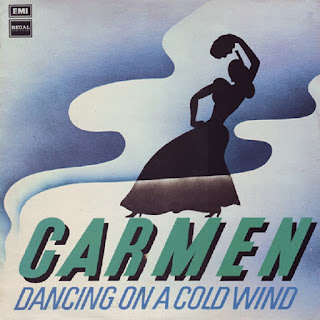 |
| Carmen "Dancing On A Cold Wind" 1975 UK / US / Spain Prog Flamenco Folk Rock (Captain Beyond,Head Machine, Octopus,The Favourite Sons,The Gods ,The Hi Numbers,The Juniors ,The Motels,Toe Fat,Chicken Shack, Jethro Tull, Christie, T. Rex - members) |
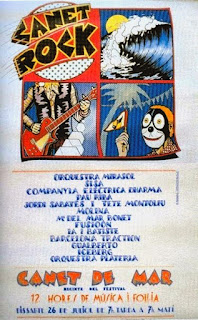 |
| Canet Rock Festival 1975 Spain, feat groups by Orquesta Mirasol, Compañía Eléctrica Dharma y Comediantes, Pau Riba, Jordi Sabatés, Molina (Lole y Manuel), Maria del Mar Bonet, Fusioon, Ia & Batiste, Barcelona Traction, Gualberto, Iceberg y Orquesta Plateria & Sisa |
Spain Portugal links
La Fonoteca
Rock Progressivo Español
La Enciclopedia del Rock Sinfónico y Progresivo Español
Prog Rock Andaluz
Artists Photos
.jpg) |
| Canet Rock Festival 1975 Spain |
.jpg) |
| Canet Rock Festival 1975 Spain |
.jpg) |
| Canet Rock Festival 1975 Spain |
.jpg) |
| Canet Rock Festival 1975 Spain |
.jpg) |
| Canet Rock Festival 1975 Spain |
.jpg) |
| Canet Rock Festival 1975 Spain |
.jpg) |
| Canet Rock Festival 1975 Spain |
.jpg) |
| Canet Rock Festival 1975 Spain |
.jpg) |
| Canet Rock Festival 1975 Spain |
.jpg) |
| Canet Rock Festival 1975 Spain |
.jpg) |
| Canet Rock Festival 1975 Spain |
.jpg) |
| Canet Rock Festival 1975 Spain |
.jpg) |
| Canet Rock Festival 1975 Spain |
.jpg) |
| Canet Rock Festival 1975 Spain |
.jpg) |
| Canet Rock Festival 1975 Spain |
.jpg) |
| Canet Rock Festival 1975 Spain |
.jpg) |
| Canet Rock Festival 1975 Spain |
.jpg) |
| Canet Rock Festival 1975 Spain |
 |
| Canet Rock Festival 1975 Spain |
 |
| Itoiz Basque Prog Folk |
 |
| Itoiz Basque Prog Folk |
 |
| Itoiz Basque Prog Folk |
 |
| Itoiz Basque Prog Folk |
 |
| Itoiz Basque Prog Folk |
 |
| Lisker Spain Psych Prog Folk |
 |
| Arte & Oficio Portugal Prog Rock. |
 |
| Barrabas Spanish Prog Rock. |
 |
| Barrabas Spanish Prog Rock. |
 |
| Bloque Spain Progressive Symphonic Rock |
 |
| Bloque Spain Progressive Symphonic Rock |
 |
| Bloque Spain Progressive Symphonic Rock |
 |
| Carmen 1975 UK US Spain Prog Flamengo Folk Rock with John Glascock bass player of Jethro Tull |
 |
| Cerebrum Spain Prog Rock |
 |
| Cerebrum Spain Prog Rock |
 |
| Cuharada Spain Prog Rock |
 |
| Bloque Spain Progressive Symphonic Rock |
 |
| Gualberto García Pérez |
 |
| Gualberto with Julio Rabadan by Smash |
 |
| Gualberto García Pérez |
 |
| Itoiz Basque Prog Folk |
 |
| La Mosca Spanish Psych Rock |
 |
| Los Canarios Spain Prog Symphonic |
 |
| Los Murcielagos with Gualberto 1966 |
 |
| Maquina! Spanish Underground Rock |
 |
| Maquina! Spanish Underground Rock |
 |
| N.H.U. 1978 Spain Prog Rock |
.jpg) |
| Smash 1967 Spanish Heavy Psych |
.jpg) |
| Smash 1967 Spanish Heavy Psych |
 |
| Tapiman Spain Heavy Prog |
 |
| Tarantula Spanish Prog |
 |
| Tarantula Spanish Prog |
 |
| Triana Spanish Flamengo Prog |
 |
| Aguaviva Spain Prog Folk Rock,Acoustic Folk,Experimental,Political Folk,Psych Folk Rock. |
 |
| Aguaviva Spain Prog Folk Rock,Acoustic Folk,Experimental,Political Folk,Psych Folk Rock. |
 |
| Aguaviva Spain Prog Folk Rock,Acoustic Folk,Experimental,Political Folk,Psych Folk Rock. |
 |
| Aguaviva Spain Prog Folk Rock,Acoustic Folk,Experimental,Political Folk,Psych Folk Rock. |
 |
| Alameda 1979 Spain Symphonic Prog,Andalusian Rock, Flamenco Rock |
.jpg) |
| Canet Rock Festival 1975 Spain |
.jpg) |
| Canet Rock Festival 1975 Spain |
.jpg) |
| Canet Rock Festival 1975 Spain |
.jpg) |
| Canet Rock Festival 1975 Spain |
.jpg) |
| Canet Rock Festival 1975 Spain |
.jpg) |
| Canet Rock Festival 1975 Spain |
.jpg) |
| Canet Rock Festival 1975 Spain |
.jpg) |
| Canet Rock Festival 1975 Spain |
.jpg) |
| Canet Rock Festival 1975 Spain |
.jpg) |
| Canet Rock Festival 1975 Spain |
.jpg) |
| Canet Rock Festival 1975 Spain Pau Riba |
.jpg) |
| Canet Rock Festival 1975 Spain |
.jpg) |
| Canet Rock Festival 1975 Spain |
.jpg) |
| Canet Rock Festival 1975 Spain |
.jpg) |
| Canet Rock Festival 1975 Spain |
.jpg) |
| Canet Rock Festival 1975 Spain |
 |
| Carmen UK-US-Spain Prog Flamenco Folk Rock |
 |
| Evolution 1970 Spain- Germany Psych Rock |
 |
| Expresion {pre Mezquita} Spanish Hard Psych |
 |
| Gotic Barcelona Prog Symphonic Jazz Rock Fusion,Catalan Rock |
 |
| Gotic Barcelona Prog Symphonic Jazz Rock Fusion,Catalan Rock |
 |
| Gotic Barcelona Prog Symphonic Jazz Rock Fusion,Catalan Rock |
 |
| Gotic 1978 Left to rigth, front row Agustí Brugada, Jordi Vilaprinyó. Back Jordi Martí, Eugeni Gil, Rafael Escoté: Barcelona Prog Symphonic Jazz Rock Fusion,Catalan Rock |
 |
| Granada Spanish Prog Jazz Rock Fusion. |
.jpg) |
| Guadalquivir Spain Andalusian Prog Flamenco Jazz Rock Fusion |
.jpg) |
| Guadalquivir Spain Andalusian Prog Flamenco Jazz Rock Fusion |
.jpg) |
| Guadalquivir Spain Andalusian Prog Flamenco Jazz Rock Fusion |
.jpg) |
| Guadalquivir Spain Andalusian Prog Flamenco Jazz Rock Fusion |
.jpg) |
| Guadalquivir Spain Andalusian Prog Flamenco Jazz Rock Fusion |
.jpg) |
| Guadalquivir Spain Andalusian Prog Flamenco Jazz Rock Fusion |
.jpg) |
| Guadalquivir Spain Andalusian Prog Flamenco Jazz Rock Fusion |
 |
| Guadalquivir Spain Andalusian Prog Flamenco Jazz Rock Fusion |
 |
| Guadalquivir Spain Andalusian Prog Flamenco Jazz Rock Fusion |
 |
| Guadalquivir Spain Andalusian Prog Flamenco Jazz Rock Fusion |
 |
| Guadalquivir Spain Andalusian Prog Flamenco Jazz Rock Fusion |
 |
| Guadalquivir Spain Andalusian Prog Flamenco Jazz Rock Fusion |
 |
| Gualberto García Pérez |
 |
| Gualberto with Albert Batista Sisa Pau Riba |
 |
| Haizea Spain Prog Folk,Basque Folk |
 |
| Los Brincos 1970 Spain Prog Pop,Psych Pop Rock |
 |
| Los Canarios Spain Prog Symphonic |
 |
| Los Modulos Spain Psych Rock,Symphonic Pop Rock |
.jpg) |
| Mi Generacion Spain Prog Pop Rock,Soft Rock,Folk Rock |
.jpg) |
| Mi Generacion Spain Prog Pop Rock,Soft Rock,Folk Rock |
.jpg) |
| Mi Generacion Spain Prog Pop Rock,Soft Rock,Folk Rock |
.jpg) |
| Mi Generacion Spain Prog Pop Rock,Soft Rock,Folk Rock |
.jpg) |
| Mi Generacion Spain Prog Pop Rock,Soft Rock,Folk Rock |
 |
| Mi Generacion Spain Prog Pop Rock,Soft Rock,Folk Rock |
 |
| Mi Generacion Spain Prog Pop Rock,Soft Rock,Folk Rock |
 |
| Mi Generacion Spain Prog Pop Rock,Soft Rock,Folk Rock |
 |
| Mi Generacion Spain Prog Pop Rock,Soft Rock,Folk Rock |
 |
| Pau Riba Spain Prog,Psych,Acid Folk |
 |
| Pau Riba Spain Prog,Psych,Acid Folk |
 |
| Pau Riba Spain Prog,Psych,Acid Folk |
 |
| Pau Riba Spain Prog,Psych,Acid Folk |
 |
| Pau Riba Spain Prog,Psych,Acid Folk |
 |
| Pau Riba Spain Prog,Psych,Acid Folk |
 |
| Secta Sònica Spain Catalan Prog Jazz Rock |
 |
| Secta Sònica Spain Catalan Prog Jazz Rock |
 |
| Secta Sònica Spain Catalan Prog Jazz Rock |
 |
| Secta Sònica Spain Catalan Prog Jazz Rock |
 |
| Spanish psych band Formula V around 1967 |
 |
| Tabletom Spain Prog Jazz Rock,Andalusian Rock |
 |
Tabletom Spain Prog Jazz Rock,Andalusian Rock
|
 |
Tabletom Spain Prog Jazz Rock,Andalusian Rock
|
 |
| Mezquita 1979 |
 |
| Atila Spain Prog Rock,Symphonic |
 |
| Atila Spain Prog Rock,Symphonic |
 |
| Atila Spain Prog Rock,Symphonic |
 |
| Atila Spain Prog Rock,Symphonic |
 |
| Atila Spain Prog Rock,Symphonic |
 |
| Atila Spain Prog Rock,Symphonic |
 |
| Atila Spain Prog Rock,Symphonic |
 |
| Atila Spain Prog Rock,Symphonic |
 |
| Atila Spain Prog Rock,Symphonic |
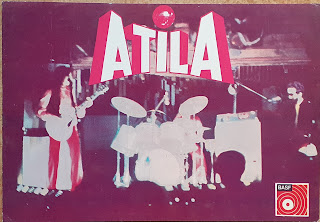.jpg) |
| Atila Spain Prog Rock,Symphonic |
 |
| Atila Spain Prog Rock,Symphonic |
 |
| Atila Spain Prog Rock,Symphonic |
 |
| Atila Spain Prog Rock,Symphonic |
 |
| Atila Spain Prog Rock,Symphonic |
 |
| Atila Spain Prog Rock,Symphonic |
 |
| Atila Spain Prog Rock,Symphonic |
.jpg) |
| Atila Spain Prog Rock,Symphonic |
 |
| Atila Spain Prog Rock,Symphonic |
 |
| Atila Spain Prog Rock,Symphonic |
 |
| Atila Spain Prog Rock,Symphonic |
 |
| Atila Spain Prog Rock,Symphonic |
 |
| Atila Spain Prog Rock,Symphonic |
 |
| Atila Spain Prog Rock,Symphonic |
 |
| Atila Spain Prog Rock,Symphonic |
 |
| Atila Spain Prog Rock,Symphonic |
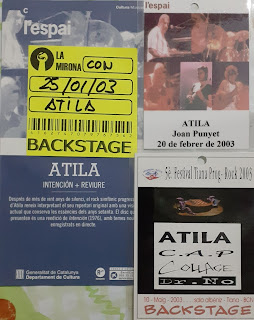 |
| Atila Spain Prog Rock,Symphonic |
 |
| Atila Spain Prog Rock,Symphonic |
 |
| Atila Spain Prog Rock,Symphonic |
 |
| Atila Spain Prog Rock,Symphonic |
 |
| Atila Spain Prog Rock,Symphonic |
 |
| Atila Spain Prog Rock,Symphonic |
 |
| Atila Spain Prog Rock,Symphonic |
 |
| Atila Spain Prog Rock,Symphonic |
 |
| Atila Spain Prog Rock,Symphonic |
 |
| Atila Spain Prog Rock,Symphonic |
 |
| Atila Concierto en el festival de Rock de Girona.1977 |
 |
Atila On the verge of the live concert at the Voces a45 program on a Sunday afternoon. TVE in the Prat del Rei.
|
 |
| Atila, Concert in a nightclub on any given Sunday, progressive rock performing Reviure. |
 |
| Attila En directo TVE.1977 |
.jpg) |
| Concierto de Atila en la sala Piscis, Girona 1981 |
.jpg) |
| Concierto de Atila en la sala Piscis, Girona 1981 |
 |
| Concierto de Atila en la sala Piscis, Girona 1981 |
 |
| Impressive performance by the ATILA group in the MAGIC room. |
 |
| Side shot of Attila on the TVE set, playing live, there were bubbles and special effects, in the center Benet with his Hammon, the Joma bass with posture and sword guitar. The drummer holding the time in his hands. Quite a spectacle in the black and white world. |
 |
| Albert Batiste a Musica Dispersa Fotografia Joan Soteras |
 |
| Batiste, Selene i Sisa Fotografia Joan Soteras |
 |
| Cartell de l’Elecric Toxic e Claxon So |
 |
| Cartell Escudella cortesia de Carles Pérez Mas |
 |
| El cartell del Canet Rock 1978 |
 |
| Joe Skladzien acompanyat per OM Fotografia Joan Soteras |
 |
| l’Orquestra Mirasol |
 |
| Musica Dispersa Fotografia Joan Soteras |
 |
| Musica Dispersa Fotografia Joan Soteras |
 |
| Pau Riba 11 d'abril de 1970 |
 |
| Pau Riba i Toti Soler 11 abril de 1970 |
 |
| Pau Riba |
 |
| Pau Riba |
 |
| Selene i Jaume Sisa Musica Dispersa Fotografia Joan Soteras |
 |
| Toti Soler 11 abril de 1970 |
 |
| Pau Riba and Mercè Pastor on the beach of Formentera Photo: Manel Joseph |
 |
| Pau Riba a Formentera Mario Pacheco |
 |
| Pau Riba, Mercè Pastor, i el seu fill Pauet a Formentera Foto Manel Joseph |
 |
Pau Riba Foto Mario Pacheco
Pau Riba, Mercè Pastor, i el seu fill Pauet a Formentera Foto Manel Joseph
|
 |
| Gong, courtesy of Luis Cobo |
 |
Imán, Califato independiente
Smash. Top Henrik Liebgott and Julio Matito. Bottom Antonio Rodríguez and Gualberto García
|
 |
| Lole y Manuel – photo by Paco Sanchez |
 |
| Triana |
.jpg) |
| Triana |
.jpg) |
| Triana |
.jpg) |
| Triana |
.jpg) |
| Triana |
.jpg) |
| Triana |
.jpg) |
| Triana |
 |
| Tarantula Spain Prog Rock |
 |
| Tarantula Spain Prog Rock |
 |
| Máquina in 1969, From left to right and from top to bottom: Jordi Batiste, unknown child, Enric Herrera, Jackie García and Luigi Cabanach |
..jpg) |
| Máquina band with Salvador Dalí in a Barcelona nightclub (1970). |
 |
| Catalan Rock Roll Poster |
 |
| Enderrock, Santia Arisa, Pau riba, Ona laietana |
.jpg) |
| The Storm Spain Hard Rock |
.png) |
| The Storm Spain Hard Rock |
.jpg) |
| The Storm Spain Hard Rock |
.jpg) |
| The Storm Spain Hard Rock |
.jpg) |
| The Storm Spain Hard Rock |
.jpg) |
| The Storm Spain Hard Rock |
.jpg) |
| The Storm Spain Hard Rock |
.jpg) |
| The Storm Spain Hard Rock |
.jpg) |
| The Storm Spain Hard Rock |
.jpg) |
| The Storm Spain Hard Rock |
.jpg) |
| The Storm Spain Hard Rock |
.jpg) |
| The Storm Spain Hard Rock |
.jpg) |
| The Storm Spain Hard Rock |
.jpg) |
| The Storm Spain Hard Rock |
.jpg) |
| The Storm Spain Hard Rock |
.jpg) |
| The Storm Spain Hard Rock |
Spain Portugal links
La Fonoteca
Rock Progressivo Español
La Enciclopedia del Rock Sinfónico y Progresivo Español
Prog Rock Andaluz
Collector Corner Spanish Prog
Rock Andaluz
Rock Andaluz Background magazine


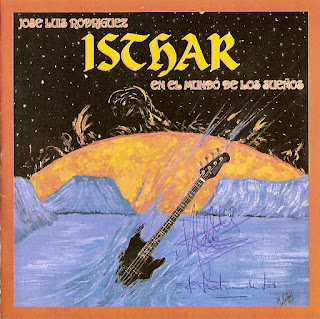
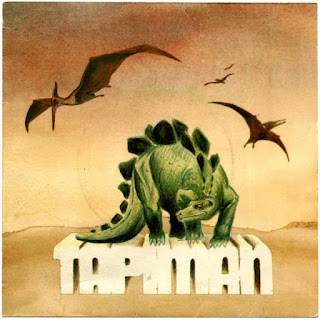
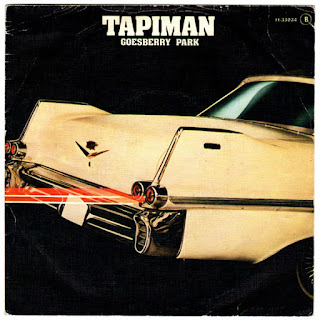
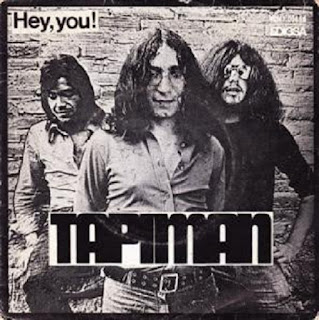
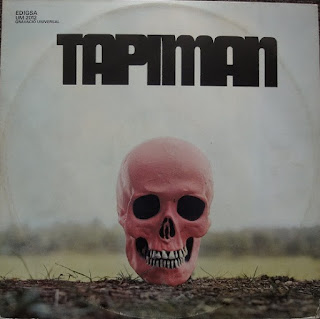
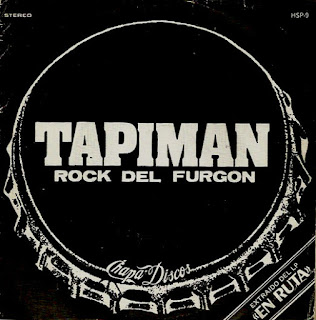

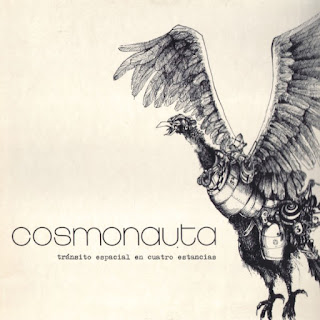
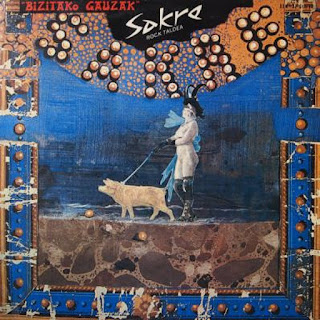
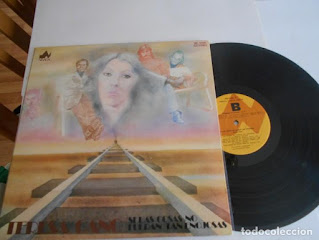
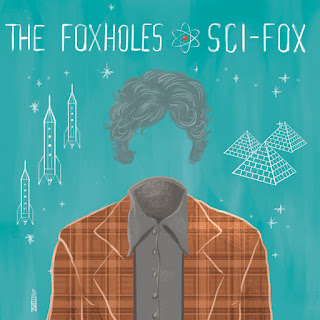

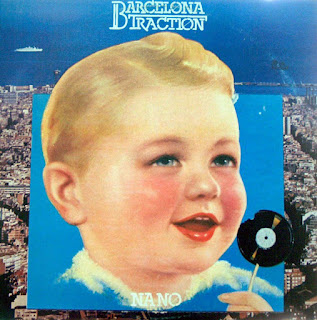
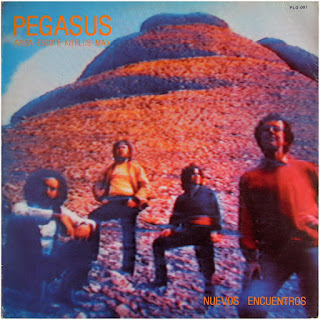
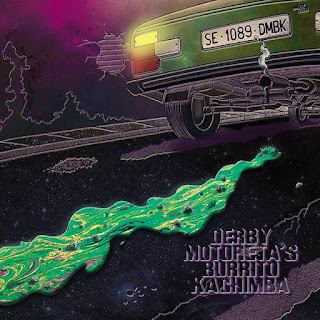
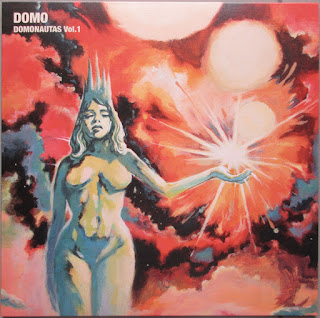
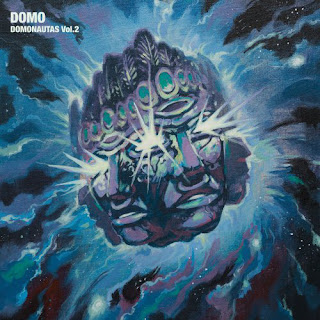
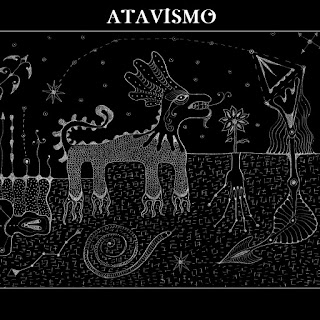
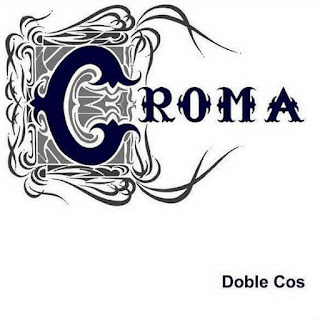
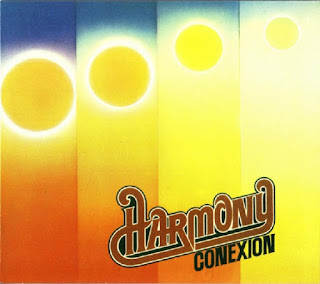
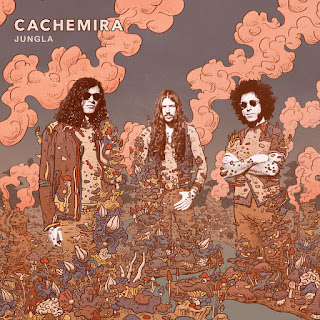
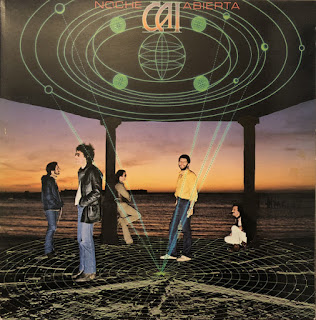
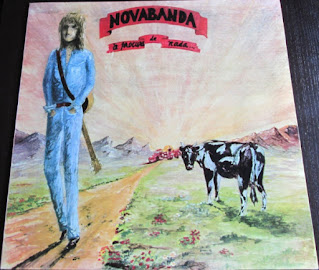
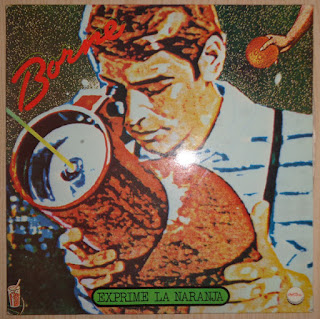
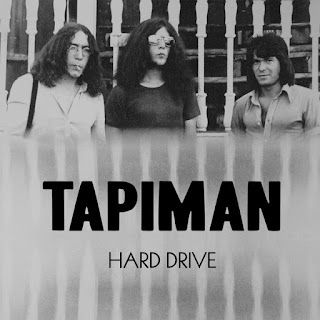
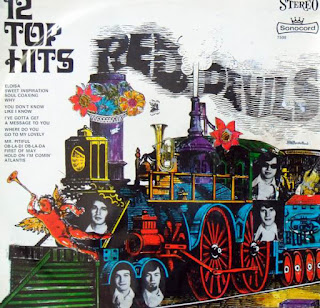
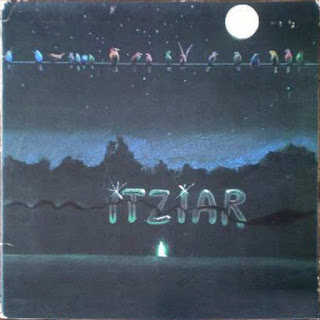

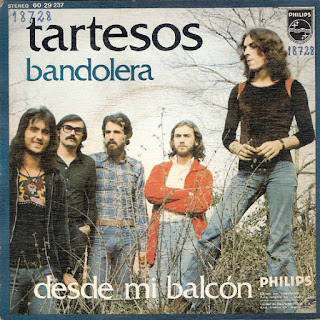
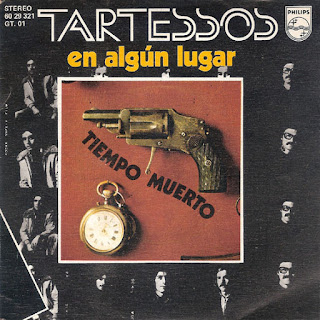
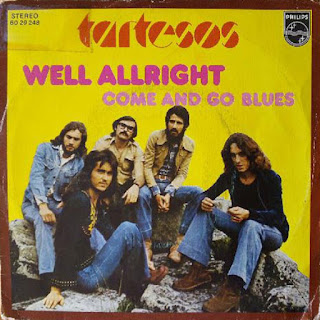
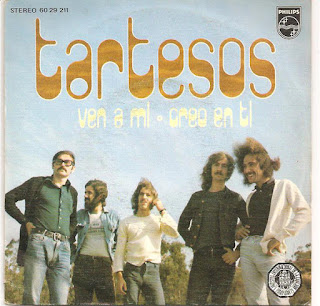
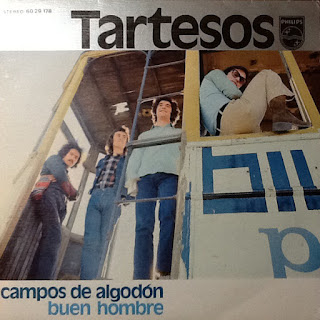
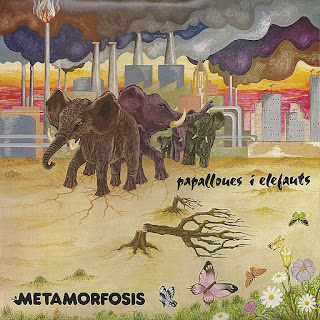
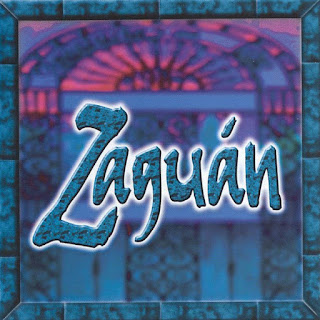
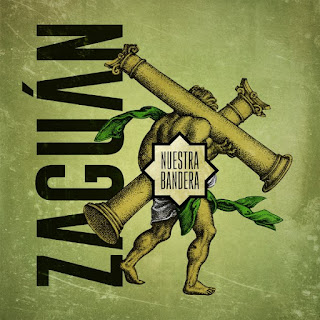
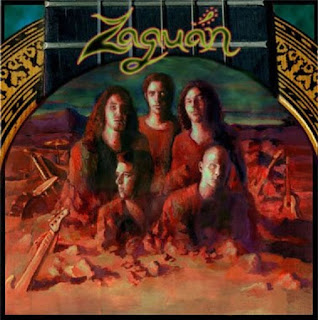
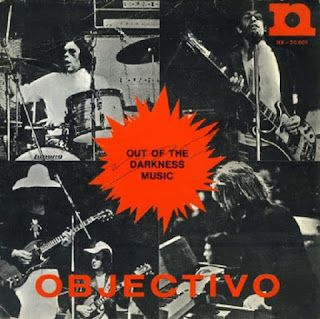
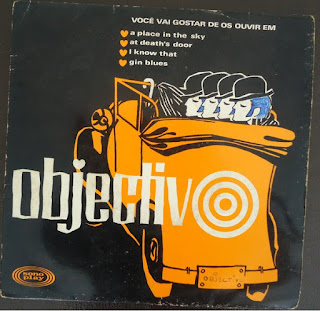
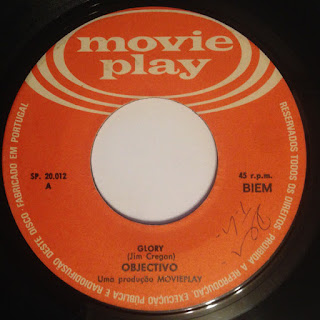
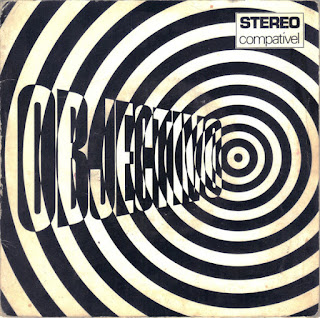
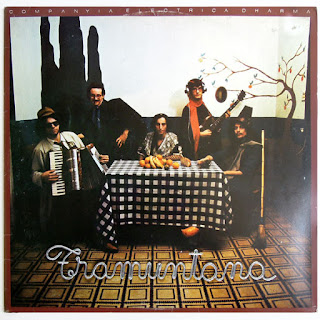


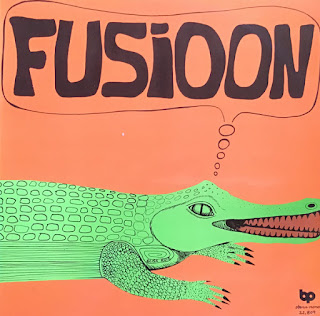
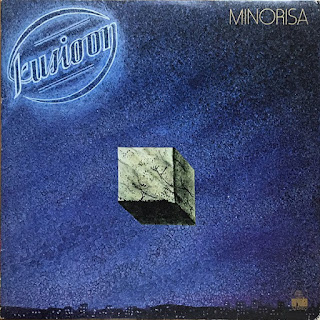
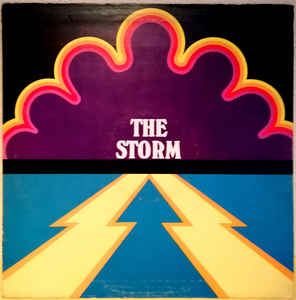
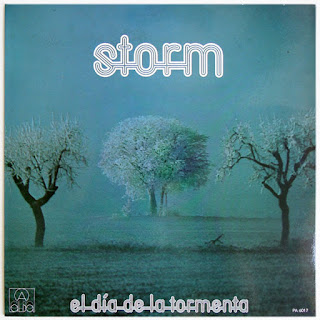
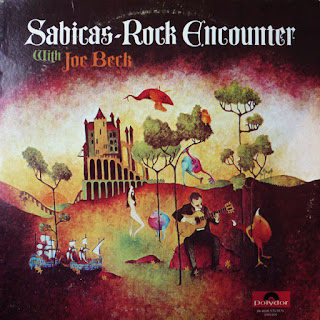

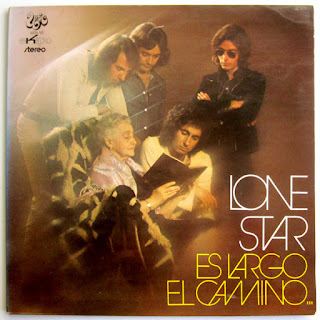
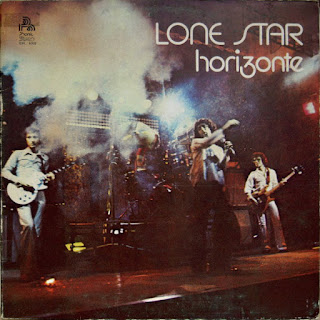
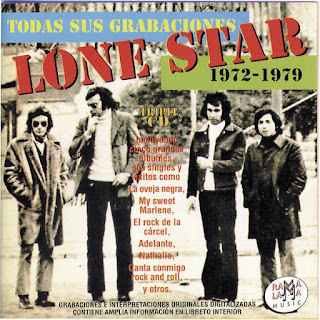
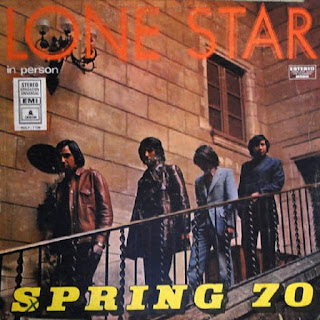
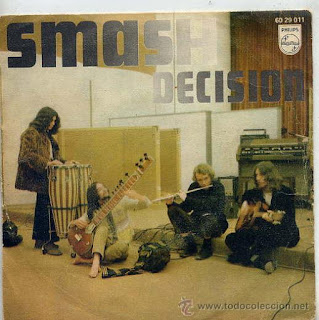
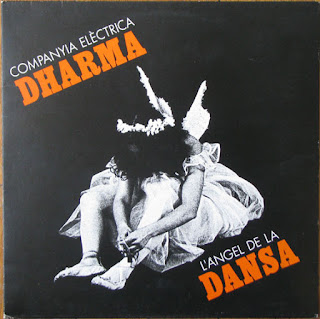
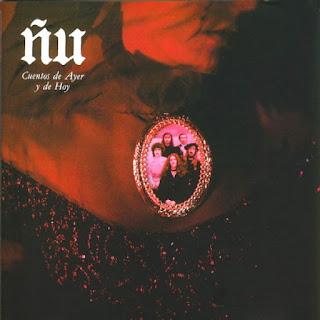
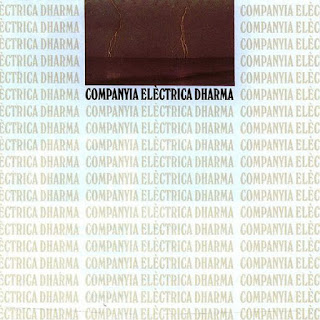
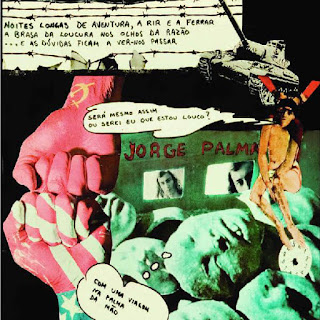

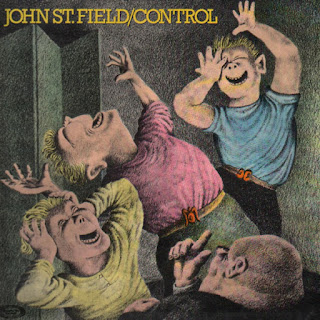
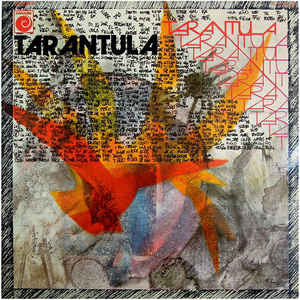
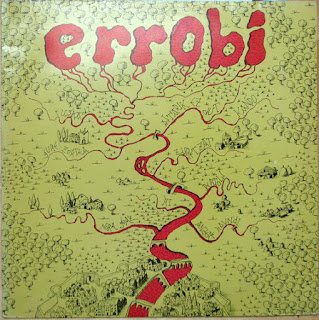

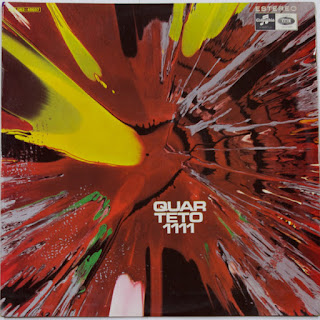
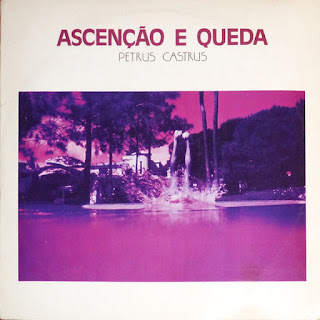
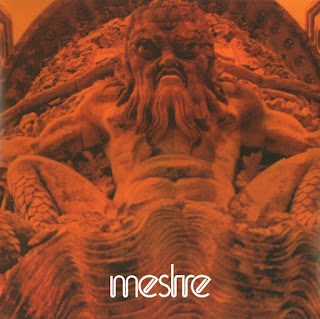
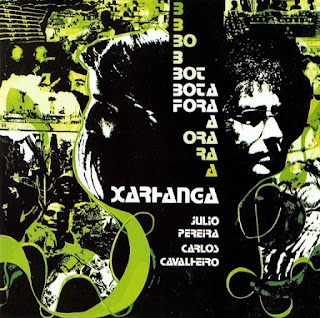
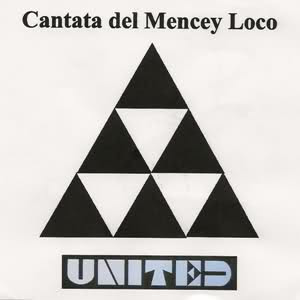
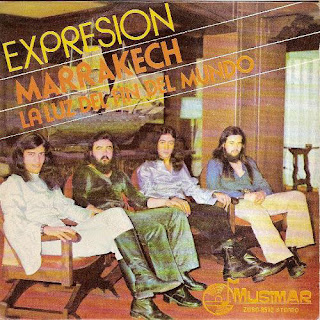
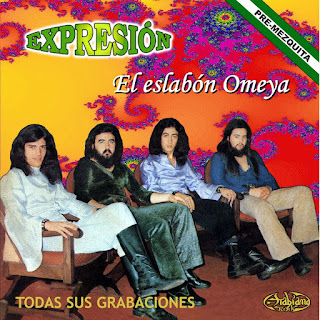
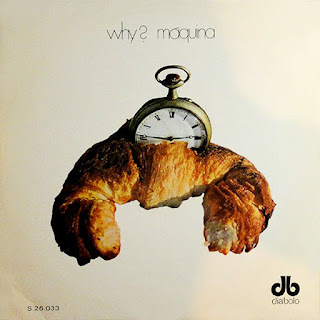
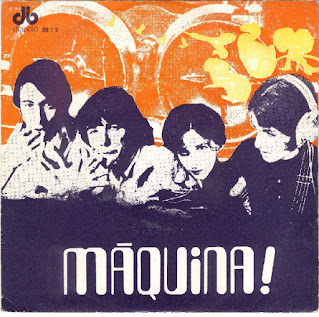

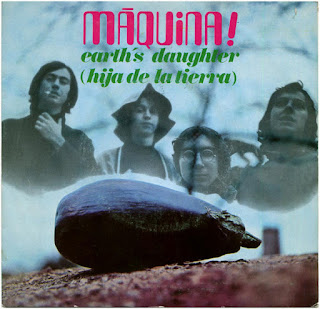

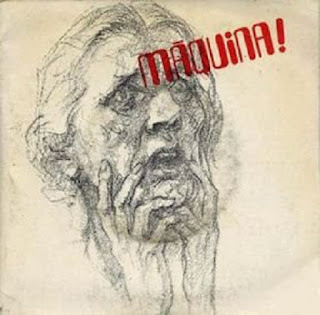


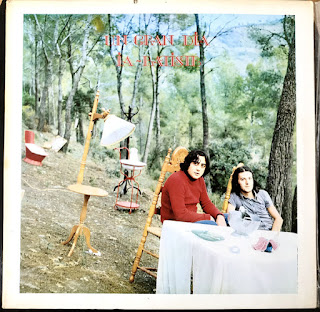

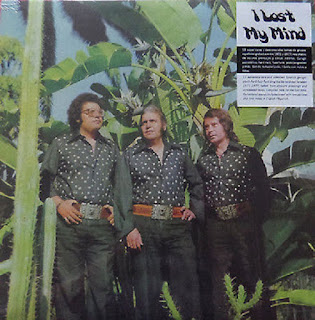

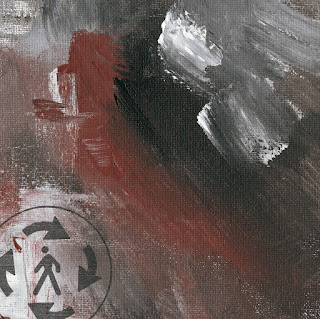
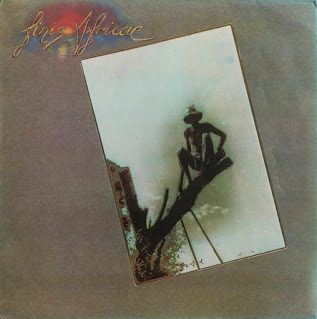
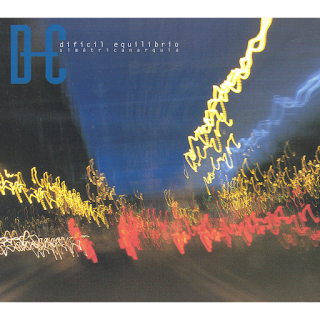
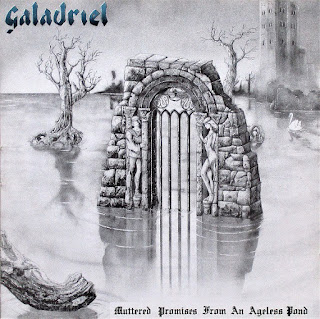
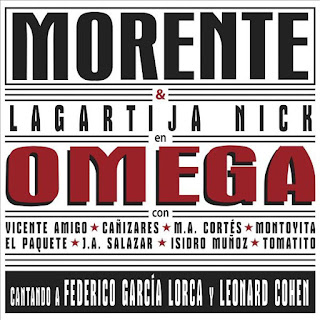

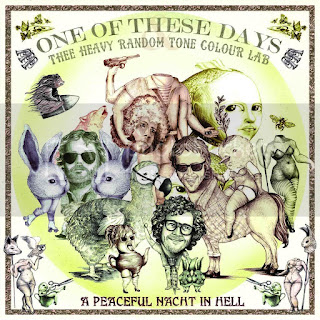

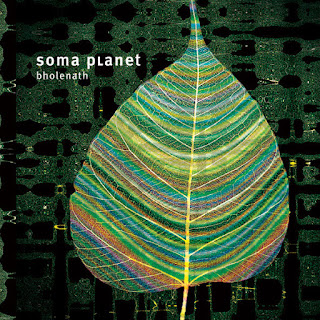
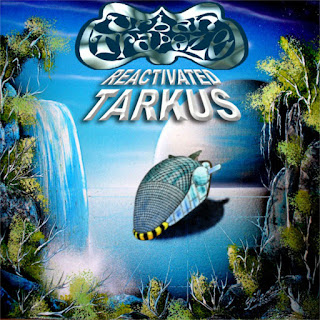
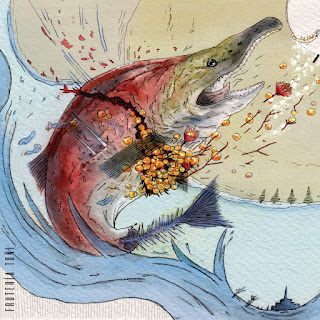
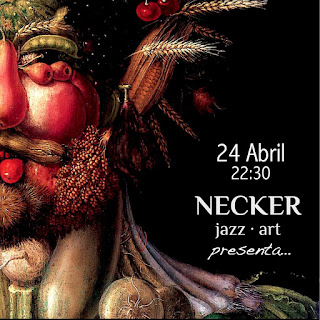
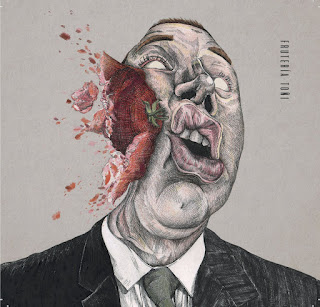
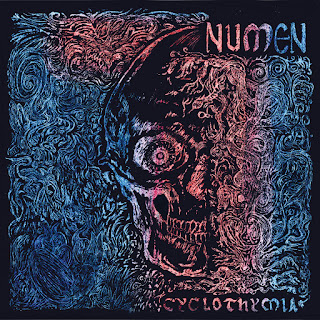

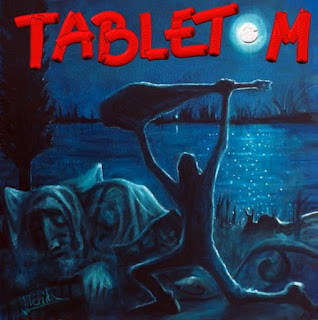
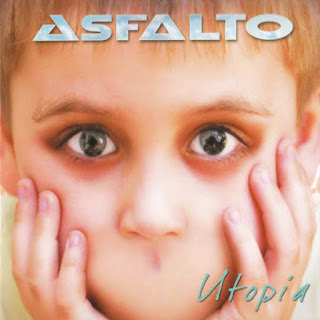
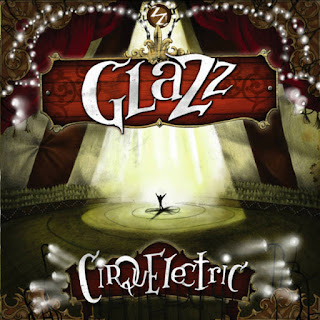
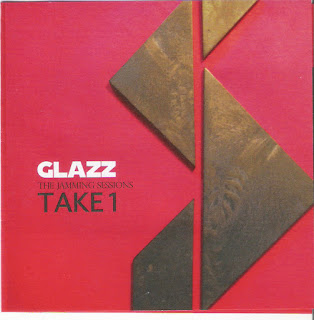
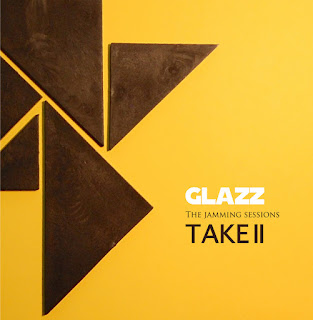

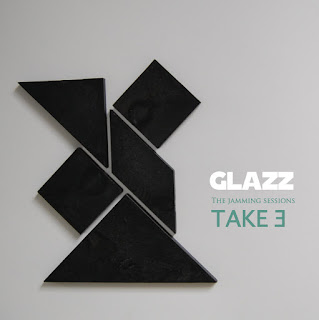
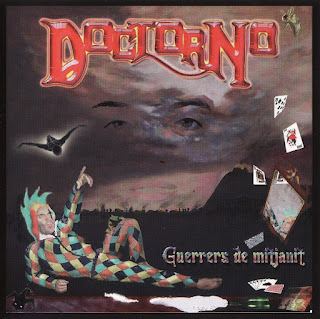

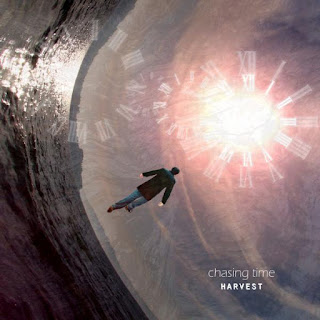
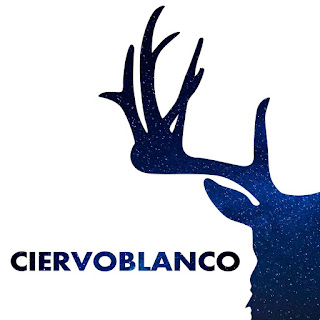
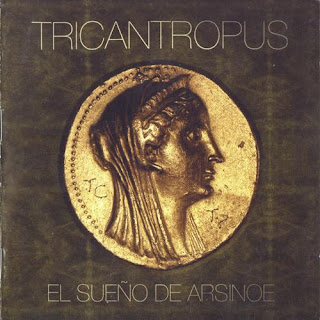


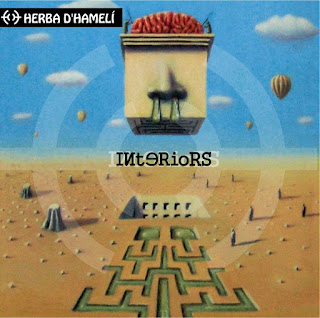
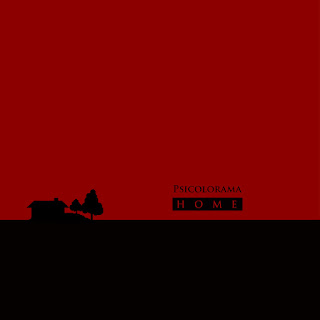
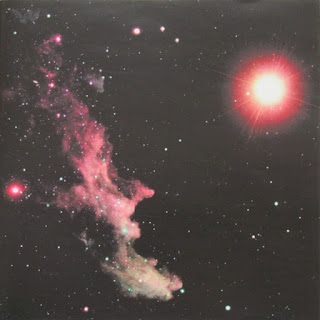
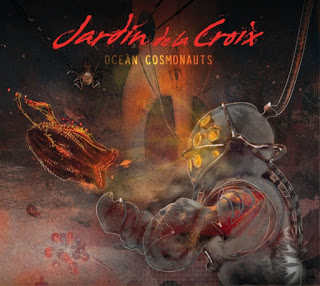

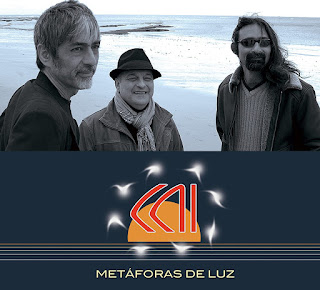
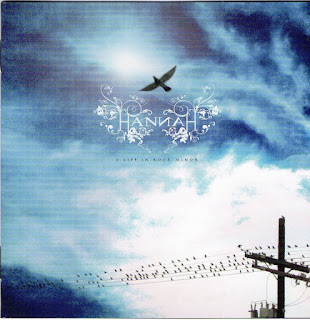
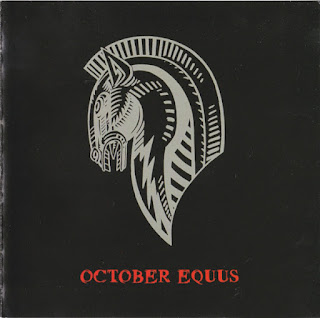
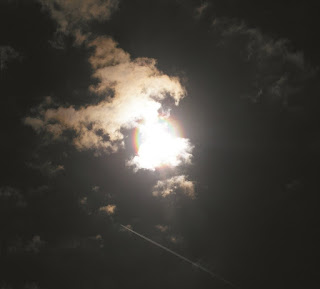

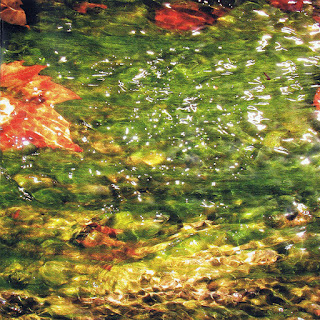

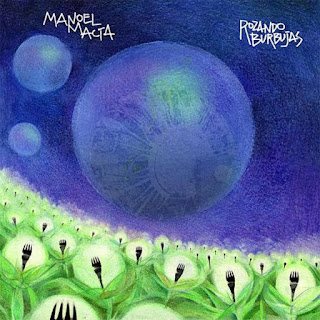
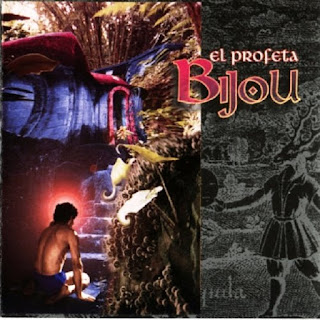
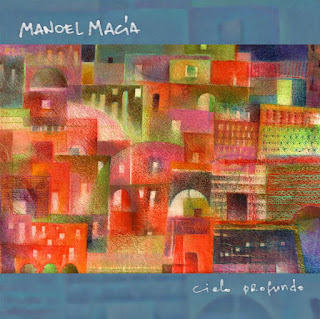
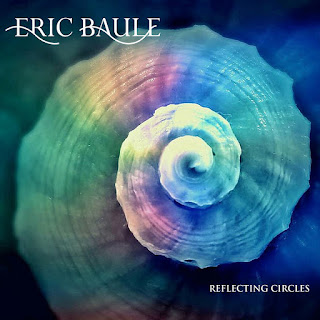
.jpg)
.jpg)
.jpg)
.jpg)
.jpg)
.jpg)
.jpg)
.jpg)
.jpg)
.jpg)
.jpg)
.jpg)
.jpg)
.jpg)
.jpg)
.jpg)
.jpg)
.jpg)




























.jpg)
.jpg)









.jpg)
.jpg)
.jpg)
.jpg)
.jpg)
.jpg)
.jpg)
.jpg)
.jpg)
.jpg)
.jpg)
.jpg)
.jpg)
.jpg)
.jpg)
.jpg)








.jpg)
.jpg)
.jpg)
.jpg)
.jpg)
.jpg)
.jpg)











.jpg)
.jpg)
.jpg)
.jpg)
.jpg)




























.jpg)






.jpg)






















.jpg)
.jpg)

























.jpg)
.jpg)
.jpg)
.jpg)
.jpg)
.jpg)



..jpg)


.jpg)
.png)
.jpg)
.jpg)
.jpg)
.jpg)
.jpg)
.jpg)
.jpg)
.jpg)
.jpg)
.jpg)
.jpg)
.jpg)
.jpg)
.jpg)



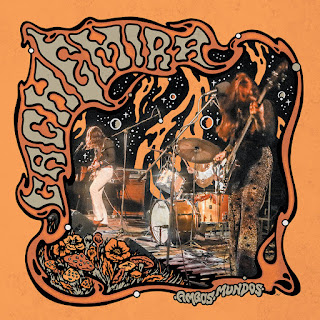
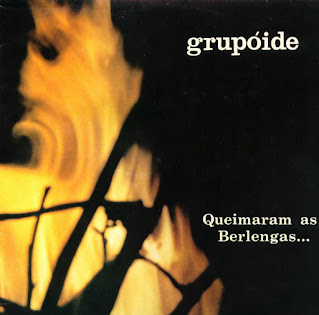


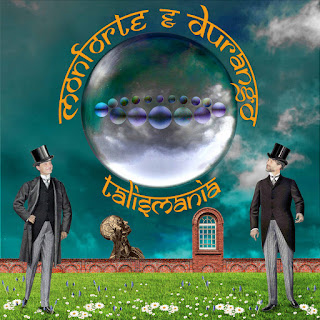
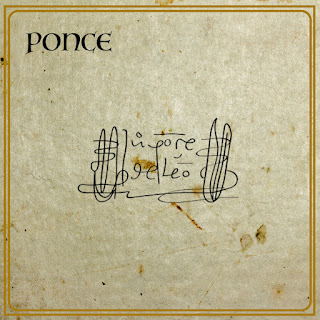
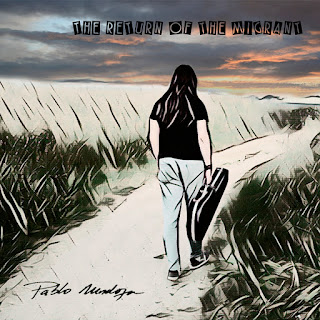

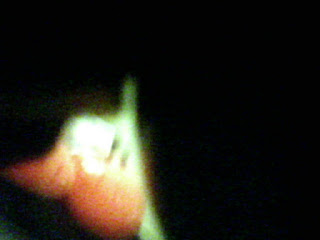
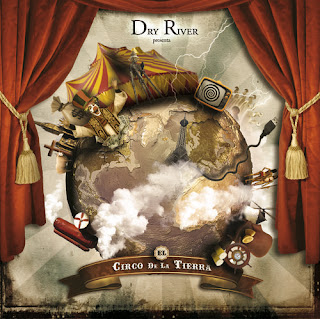
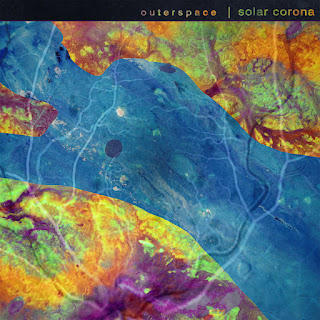



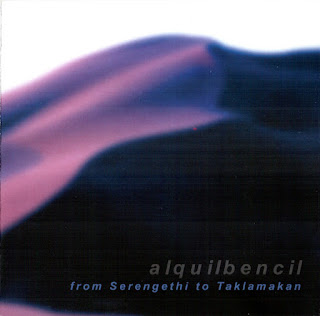
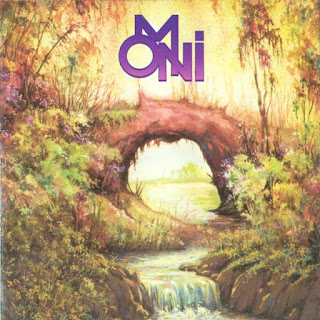
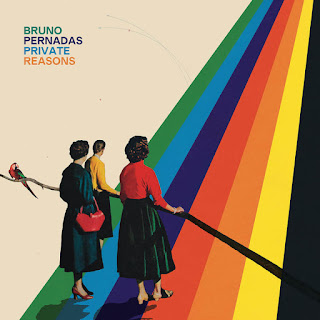
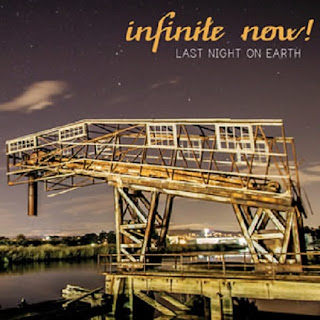
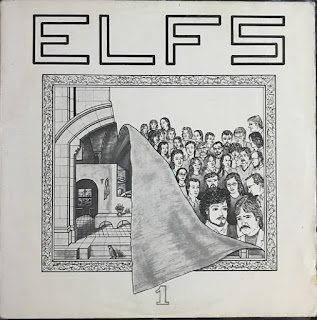

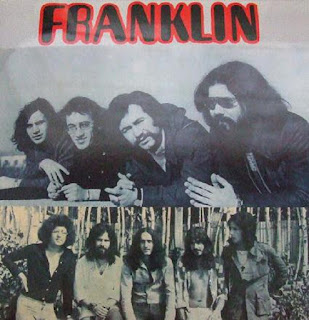
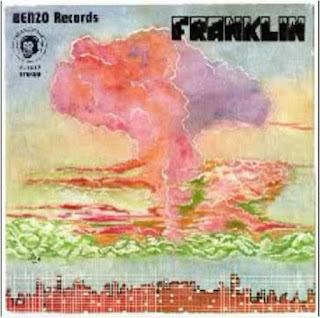
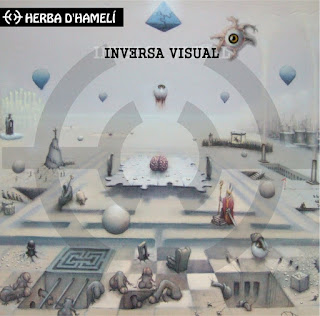
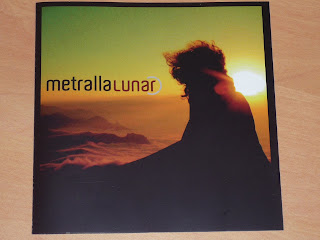
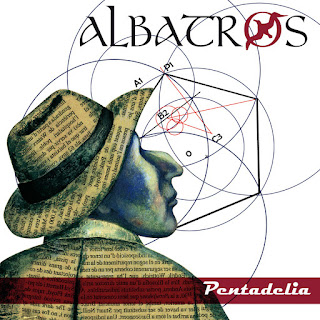
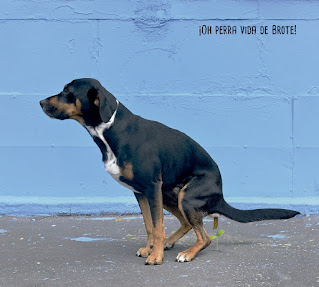
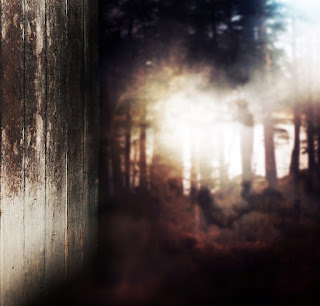
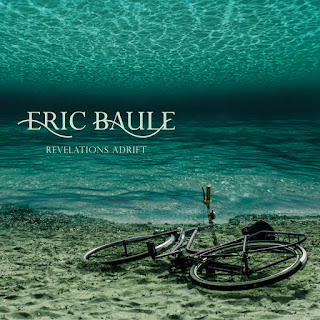

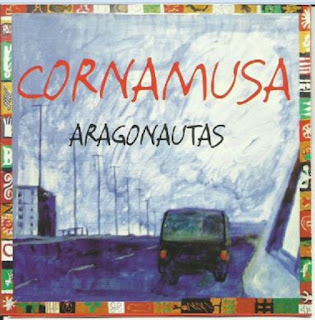
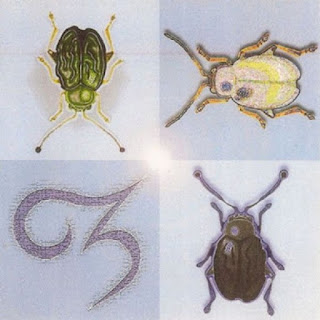

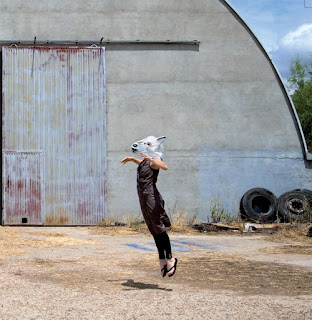
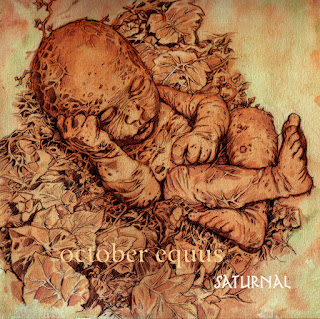

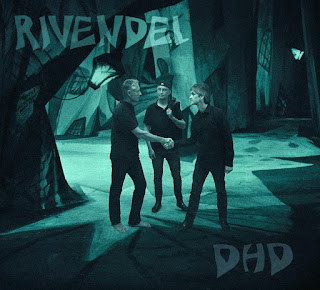
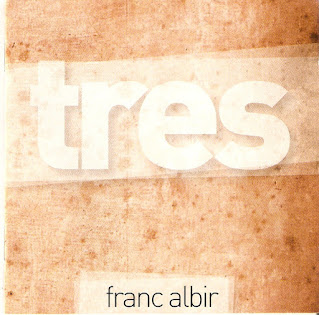

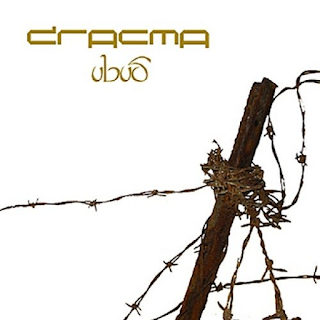
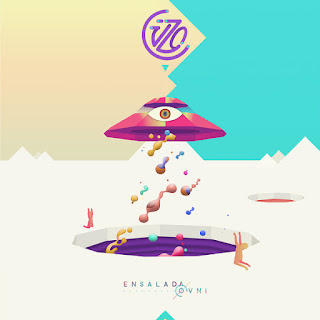

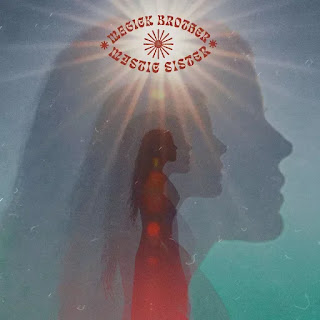
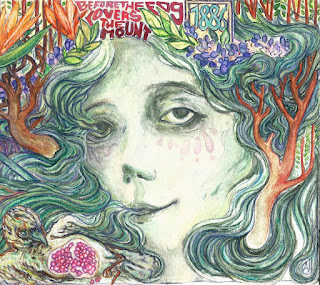
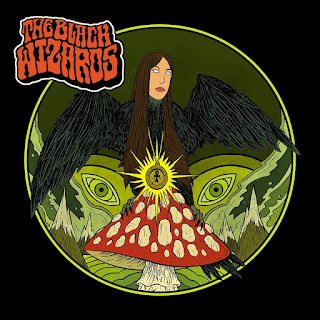
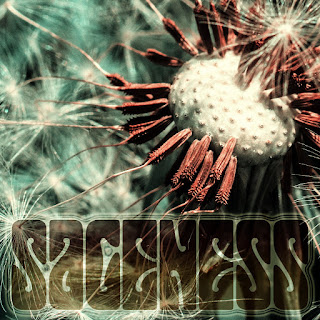
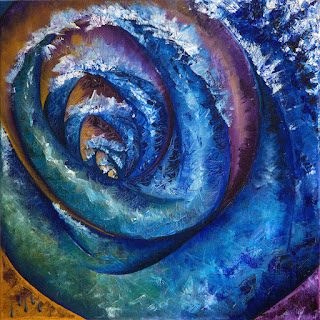
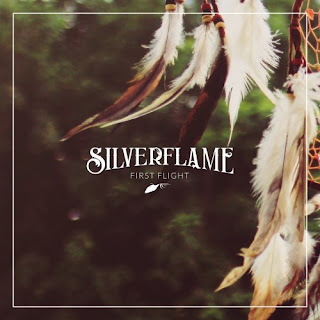



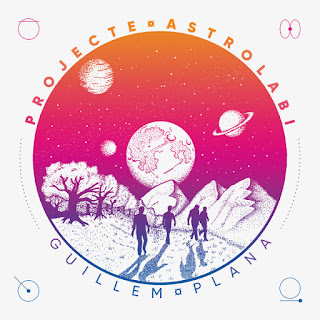
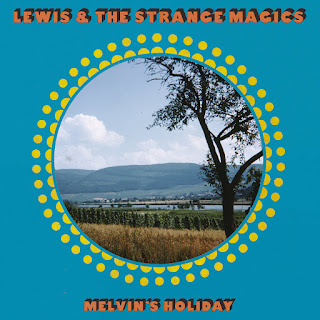

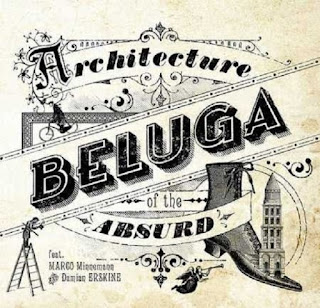
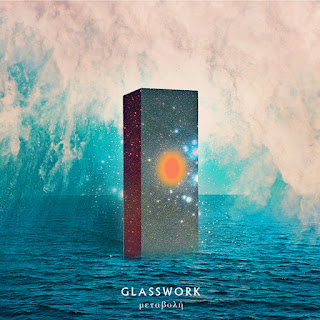
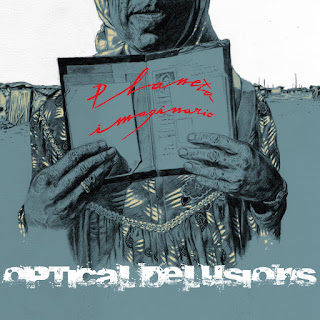
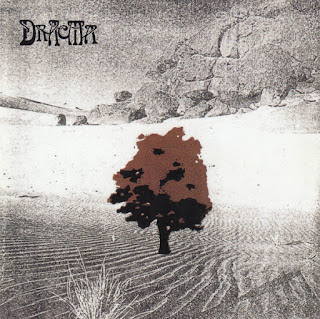
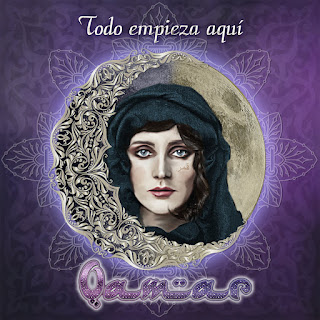
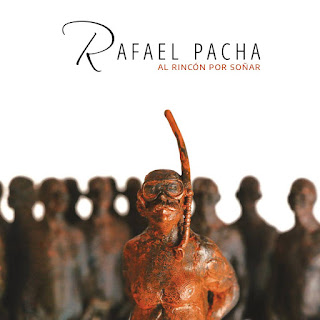
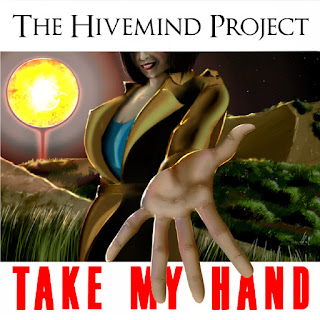
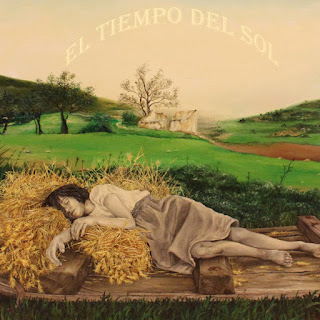
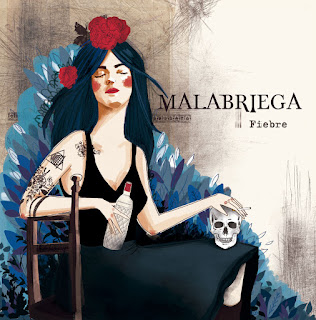

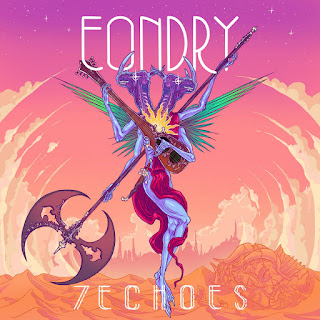

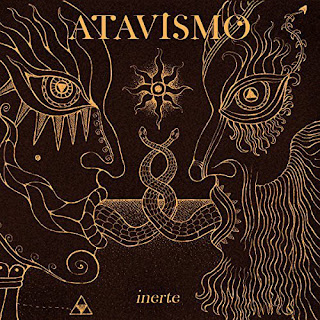
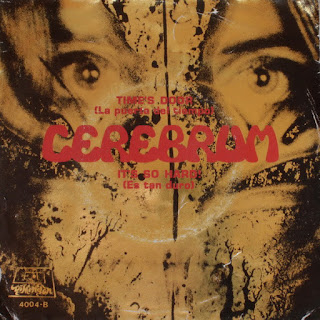
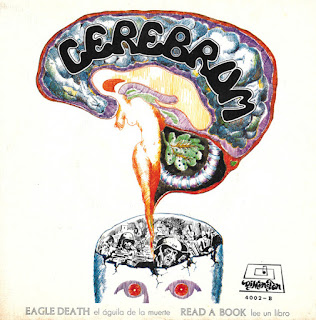
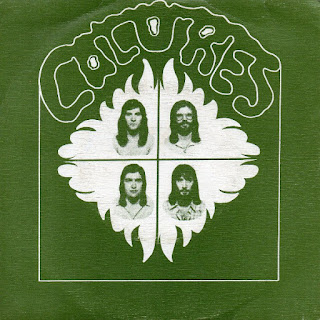
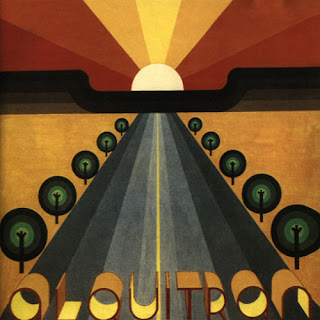
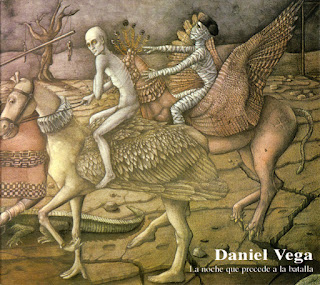


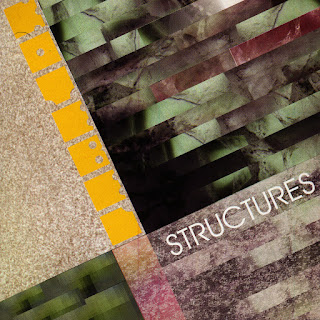
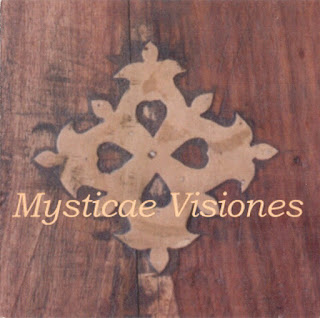
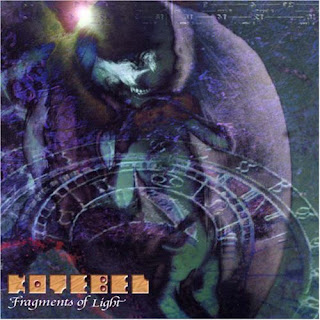
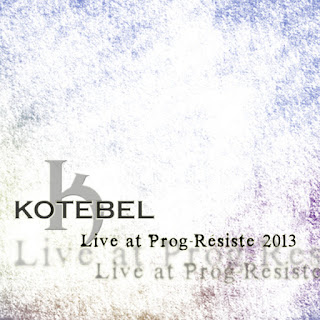

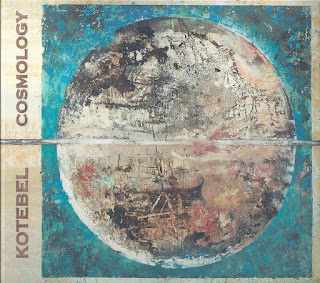

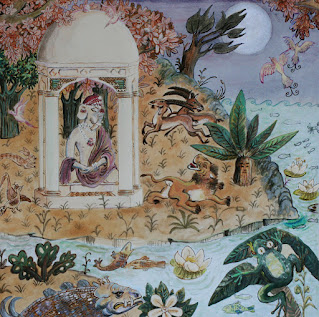
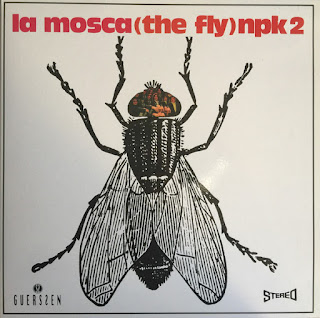
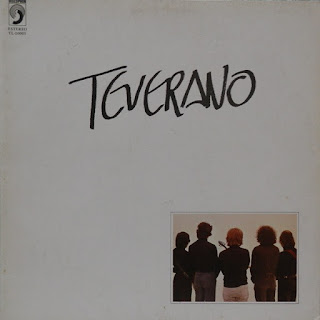

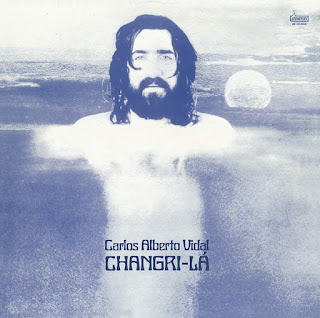
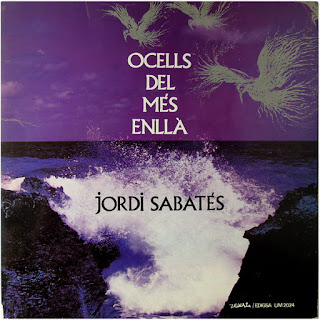
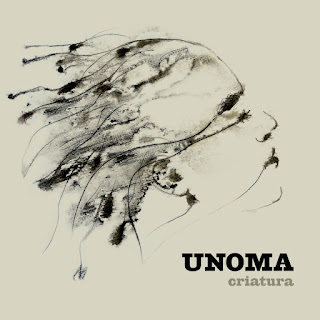
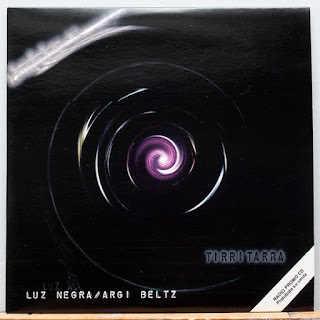

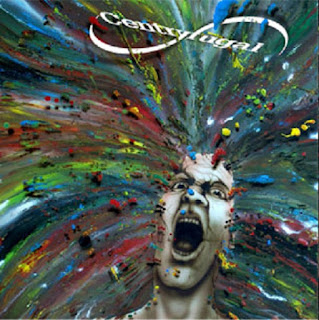

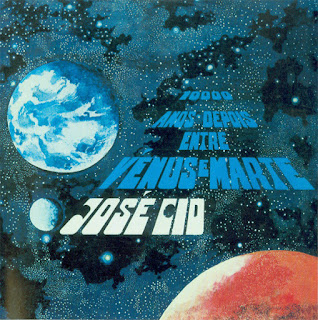
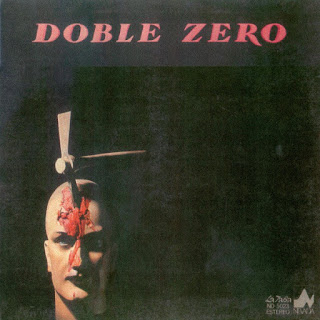
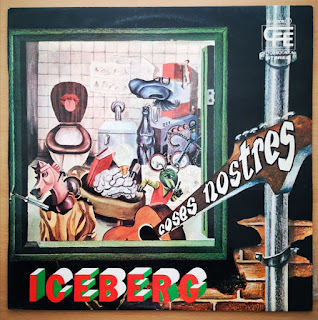
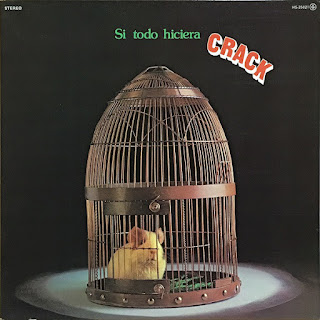
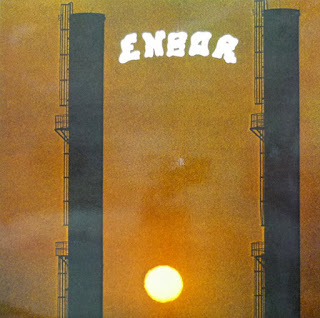
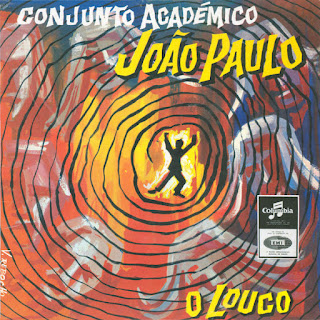
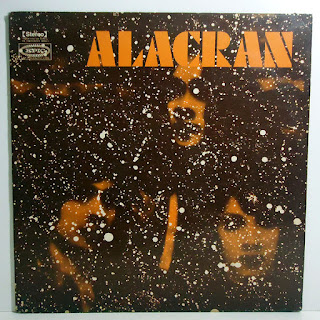
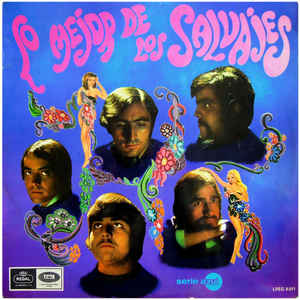

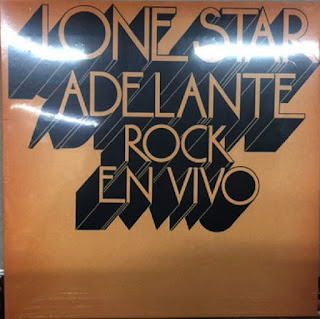
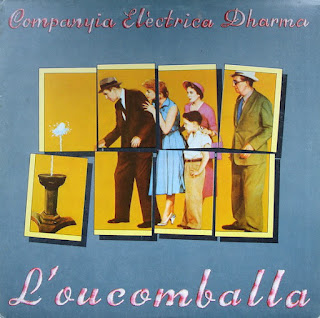
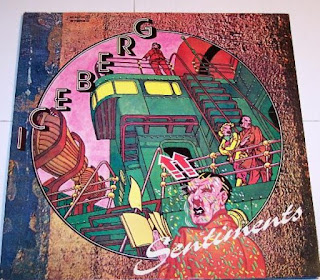
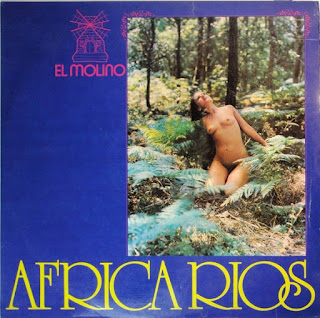

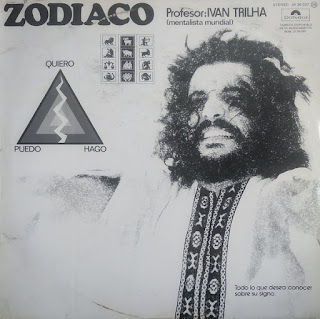


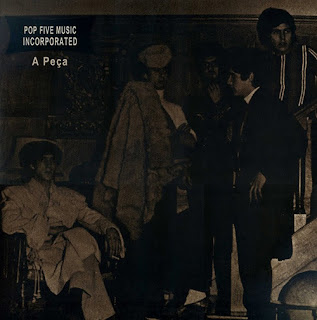
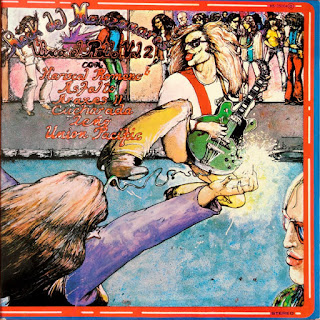

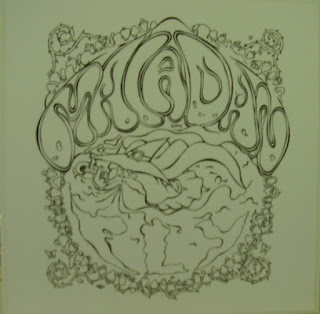
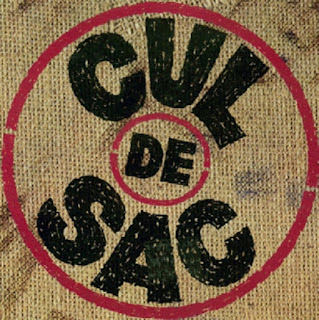

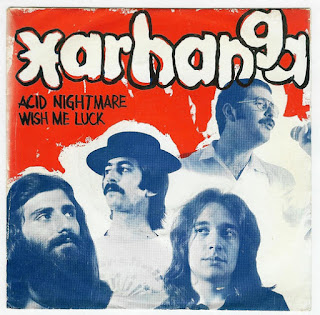
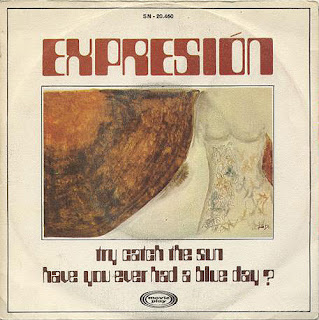

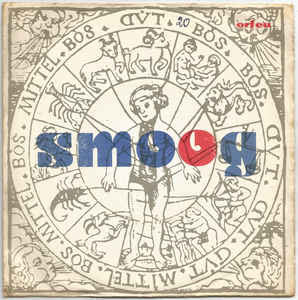
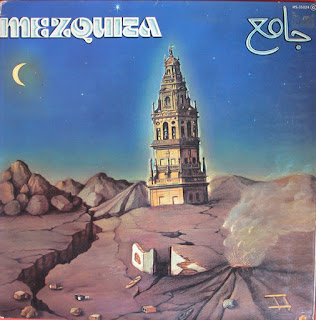
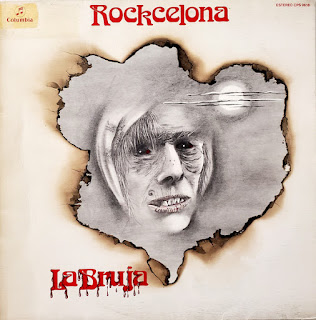
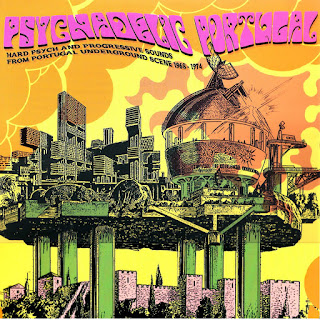
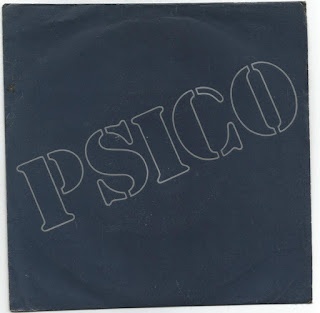
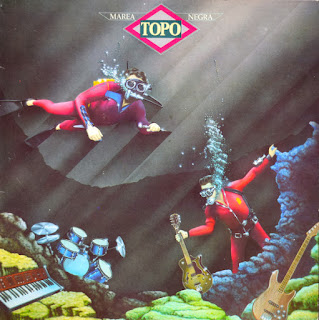
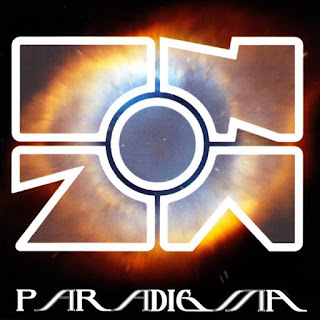
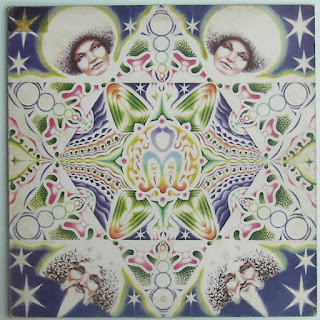
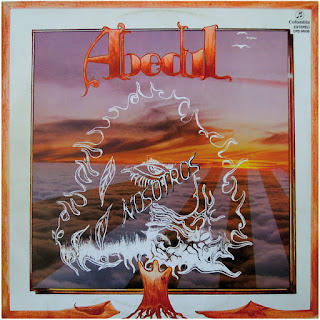
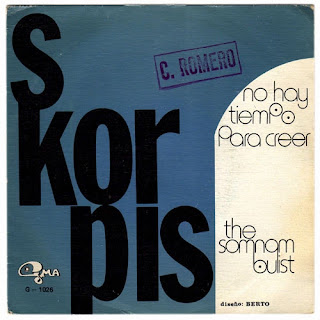
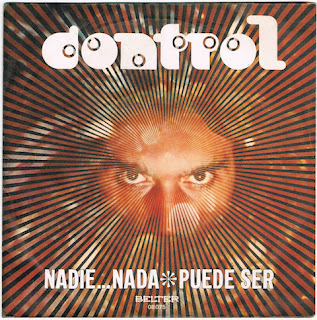
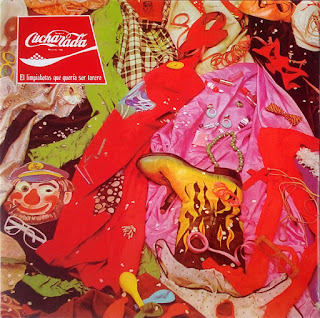
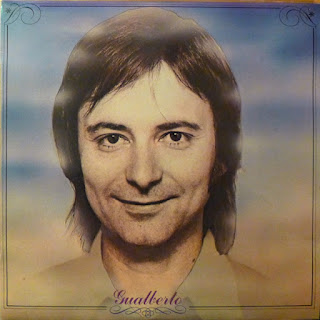
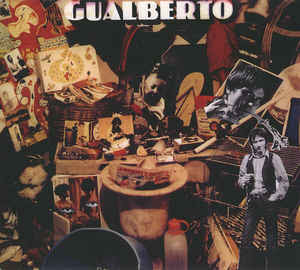
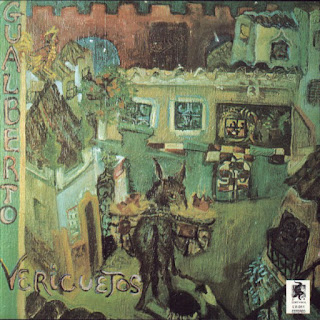
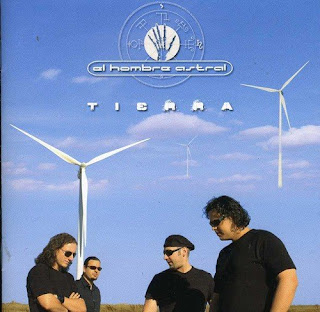
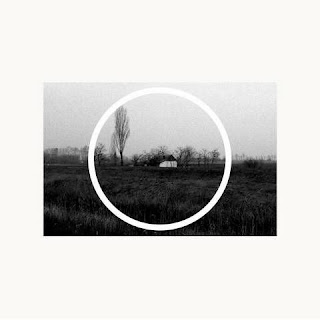
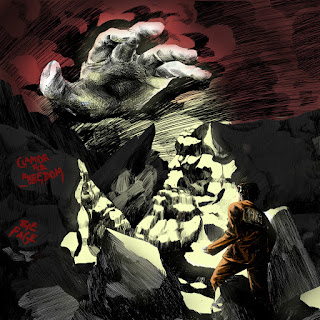
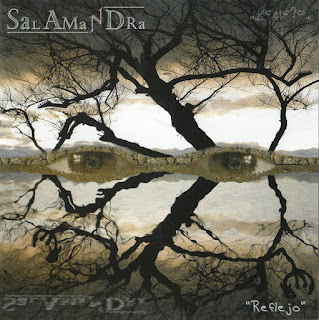
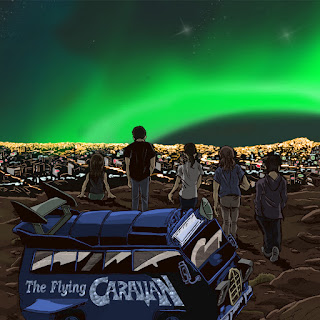

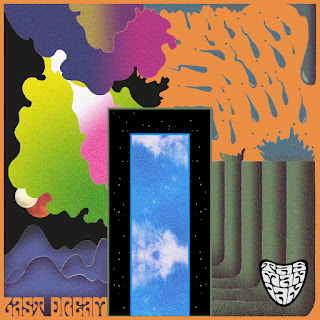















Comments
Post a Comment